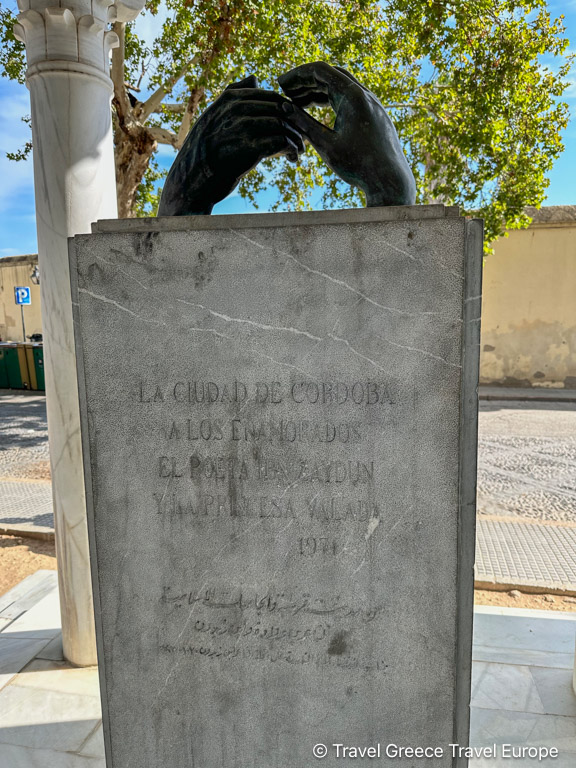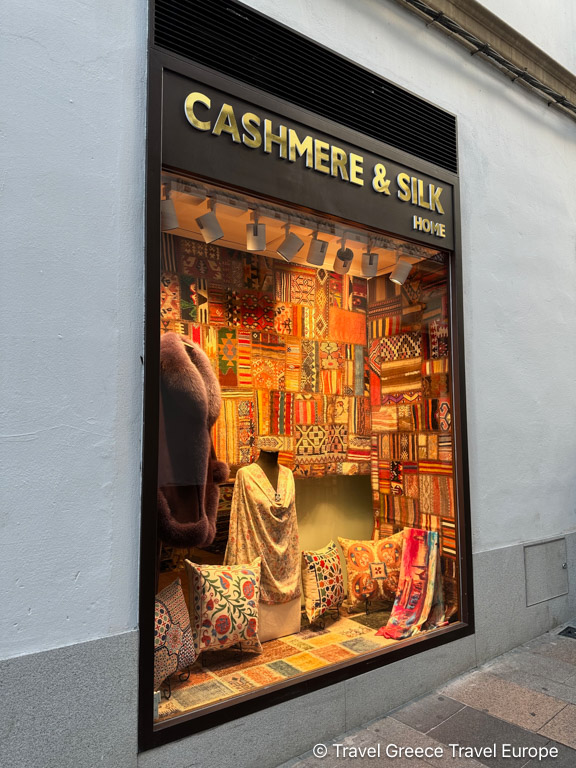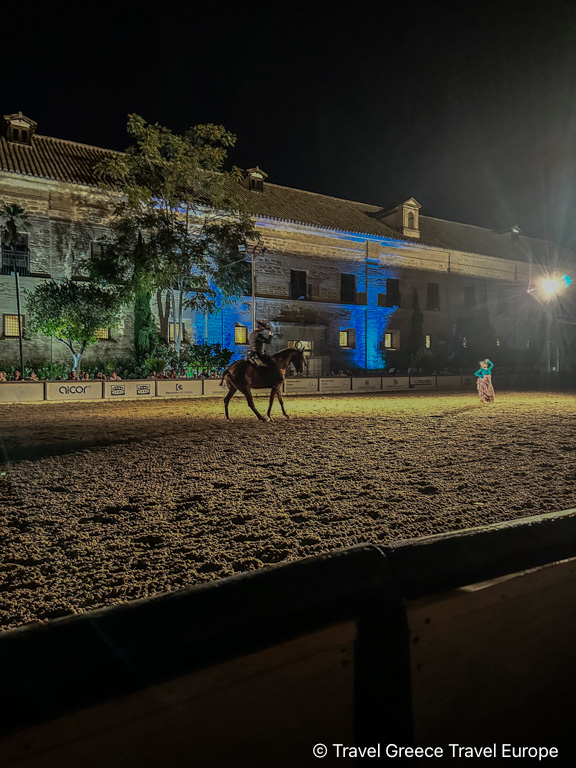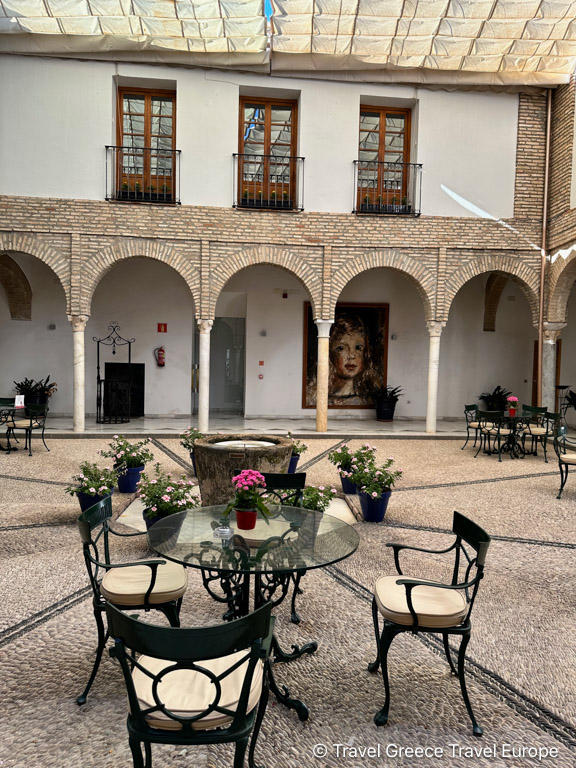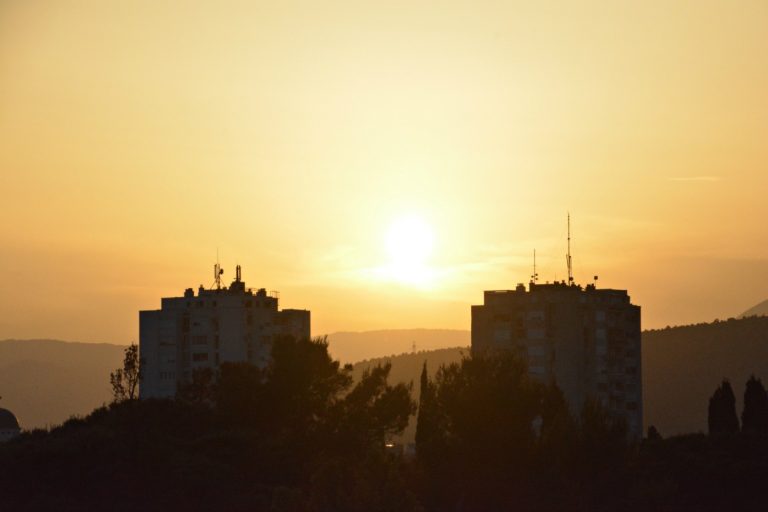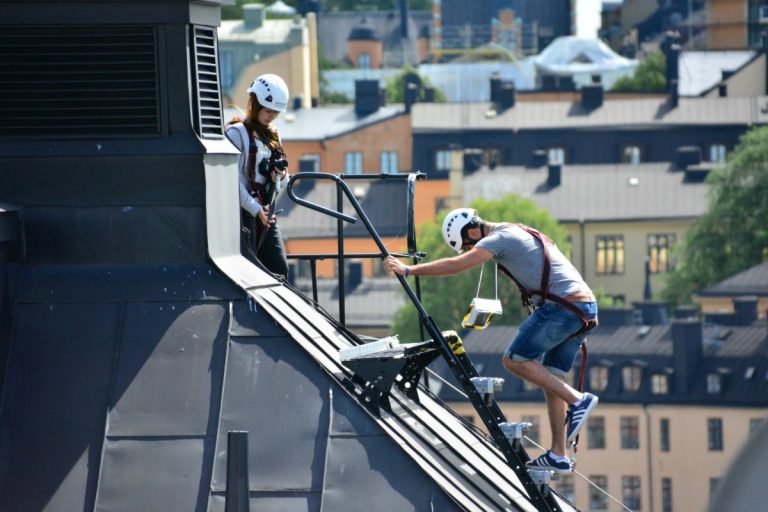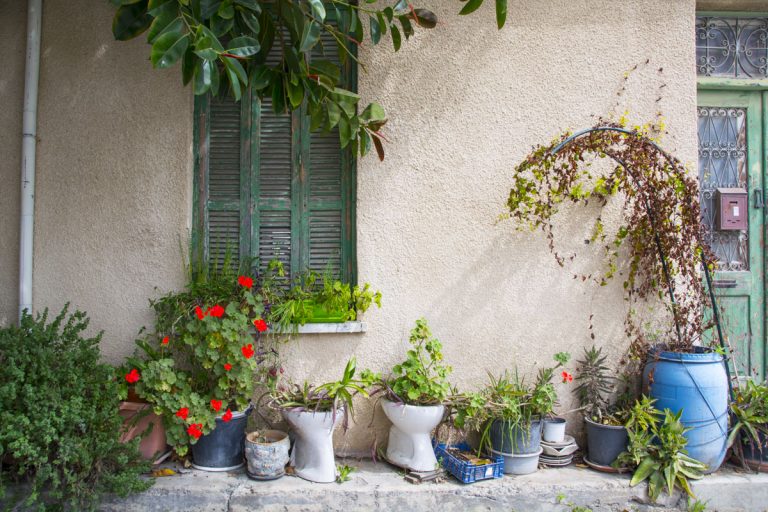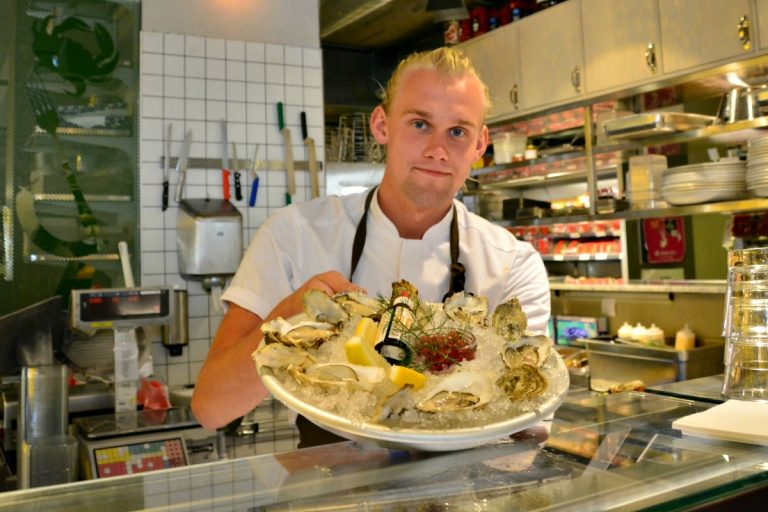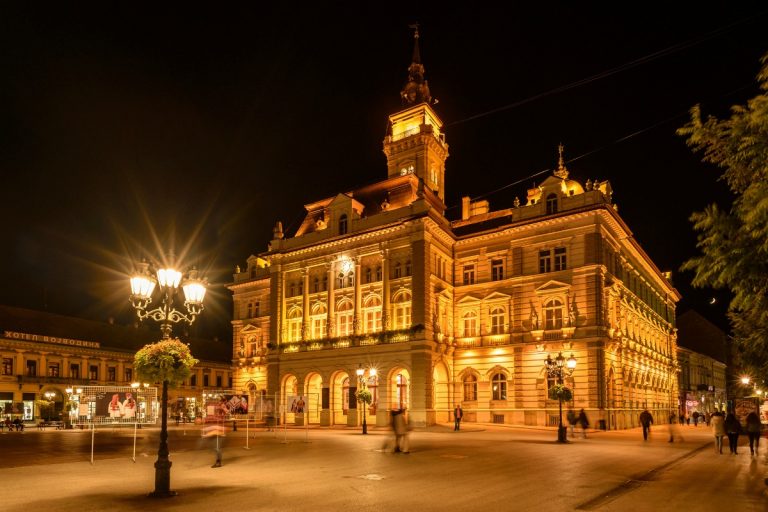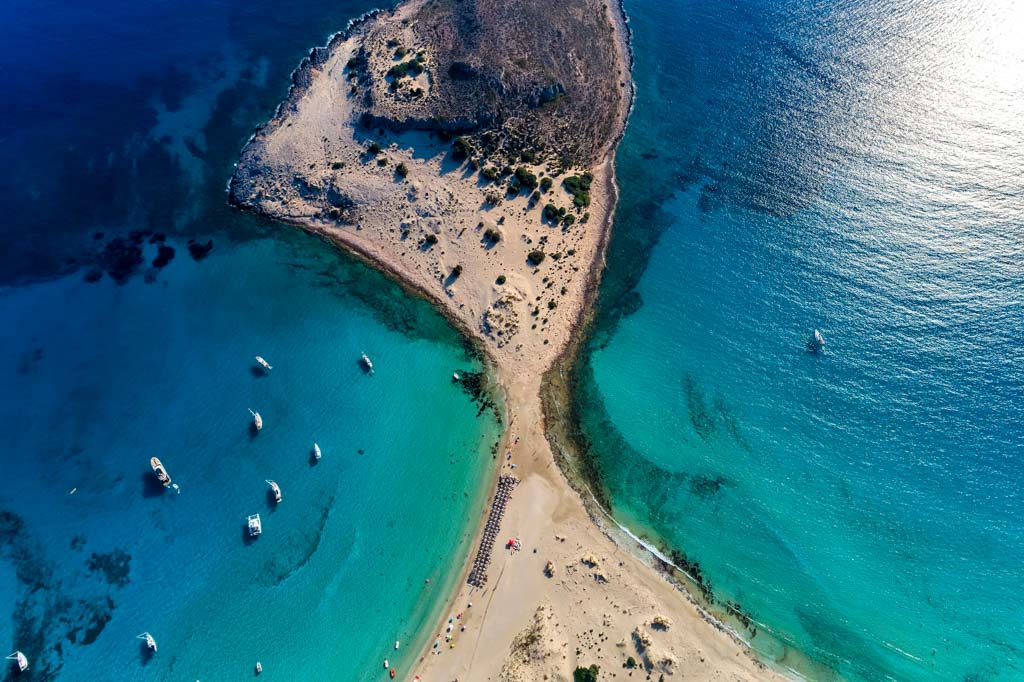How To Spend 2 Days in Cordoba Spain
Located in the heart of Andalusia, Cordoba, Spain, is a wonderful blend of ancient history, vibrant culture, and breathtaking beauty. This enchanting city, where Roman ruins stand alongside Moorish masterpieces, offers a unique glimpse into the soul of southern Spain. Whether you’re drawn to its labyrinthine streets filled with the scent of orange blossoms, or eager to explore its world-renowned monuments, Cordoba promises a magical experience. In this guide on “How To Spend 2 Days in Cordoba, Spain,” we’ll take you through the city’s most captivating sights, indulge in its culinary delights, and uncover the best ways to see everything that Cordoba has to offer.
A Brief History of Cordoba

Cordoba’s history stretches back thousands of years, making it one of Spain’s most historically rich cities. Originally a Roman settlement, Cordoba rose to prominence under the rule of the Moors, becoming a leading center of education and culture in Europe during the 10th century. The city was known for its stunning architecture, particularly the Great Mosque (Mezquita), which stands today as a symbol of Cordoba’s golden age. Cordoba’s old town is a UNESCO World Heritage Site, filled with remnants of its glorious past, including Roman bridges, ancient fortresses, and beautifully preserved synagogues.
How to Reach Cordoba
Reaching Cordoba is easy, thanks to its well-connected transportation network. If you’re flying into Spain, the nearest airports are in Seville and Malaga, both just a short train ride away. The high-speed AVE train from Madrid will get you to Cordoba in just under 2 hours, making it a convenient day trip or the perfect start to your Andalusian adventure. Make sure to book your train tickets in advance, especially if you are traveling during the high season. From Seville, Cordoba is about 45 minutes by train, and from Malaga, it’s about an hour. If you’re driving, the city is well-connected by highways, and there are plenty of parking options available near the city center.
How To Spend 2 Days in Cordoba
Day 1 in Cordoba: Exploring the Historic Center
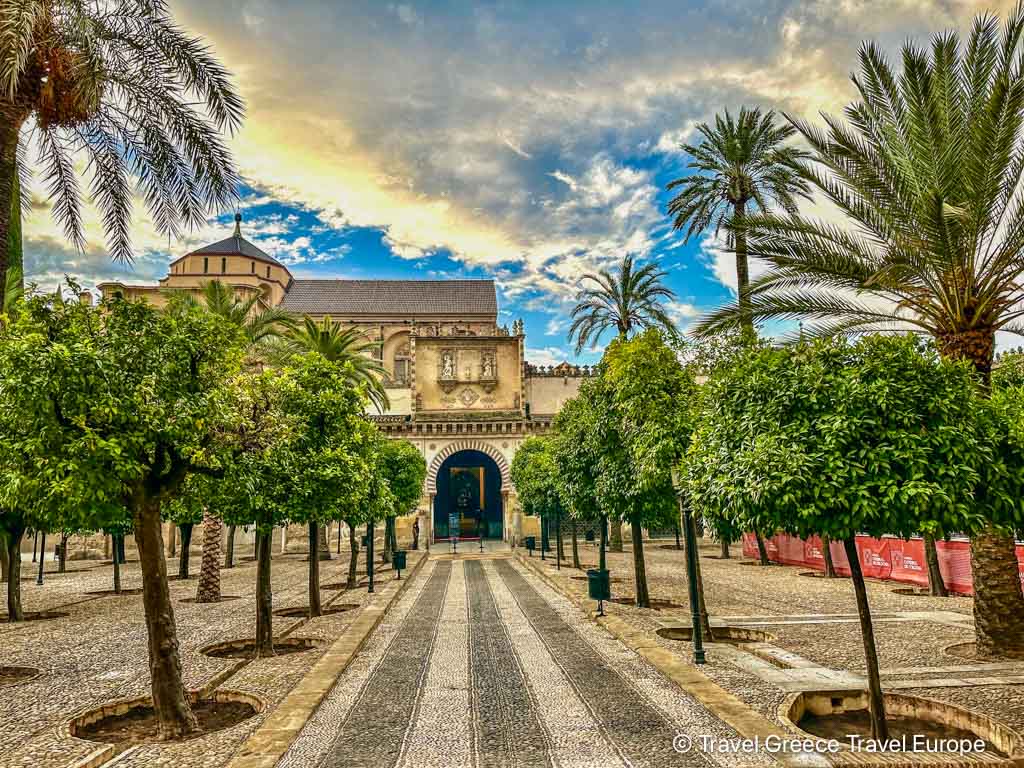
Your trip to Cordoba cannot be complete with a visit to the Mezquita-Catedral, one of the most iconic landmarks in Spain. Originally built as a mosque in the 8th century, it was later converted into a cathedral in the 13th century following the Reconquista.
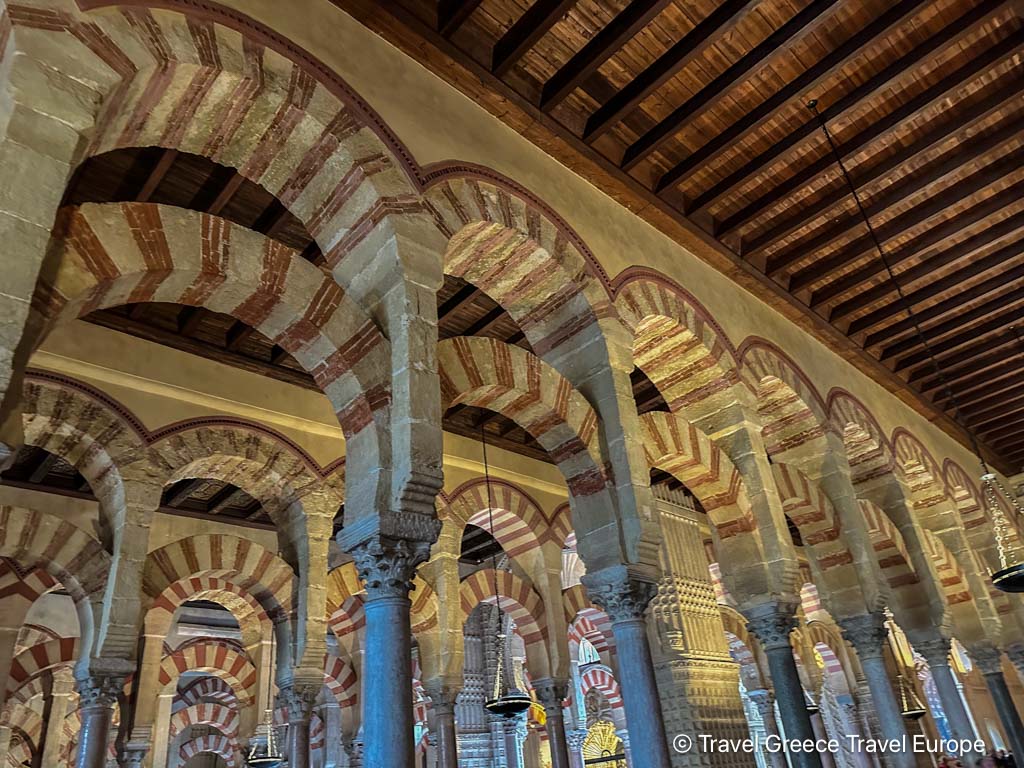
The onstruction of the Mezquita-Catedral began in 784 AD under the Umayyad prince Abd al-Rahman I, who sought to create a mosque that would rival the grandeur of those in Damascus and Baghdad. Over the next two centuries, the mosque was expanded by successive rulers, each adding to its splendor. The most notable addition was made by Al-Hakam II in the 10th century, who enlarged the prayer hall and adorned it with stunning mosaics and intricate arches, many of which remain intact today.
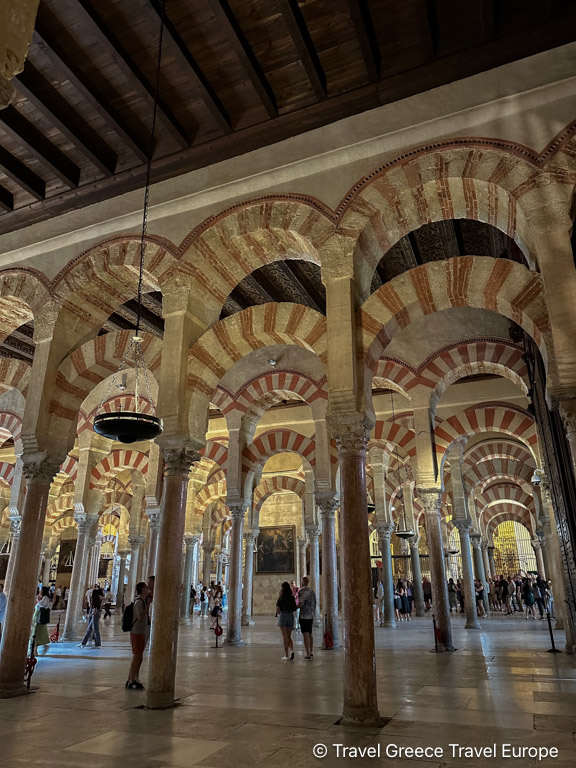
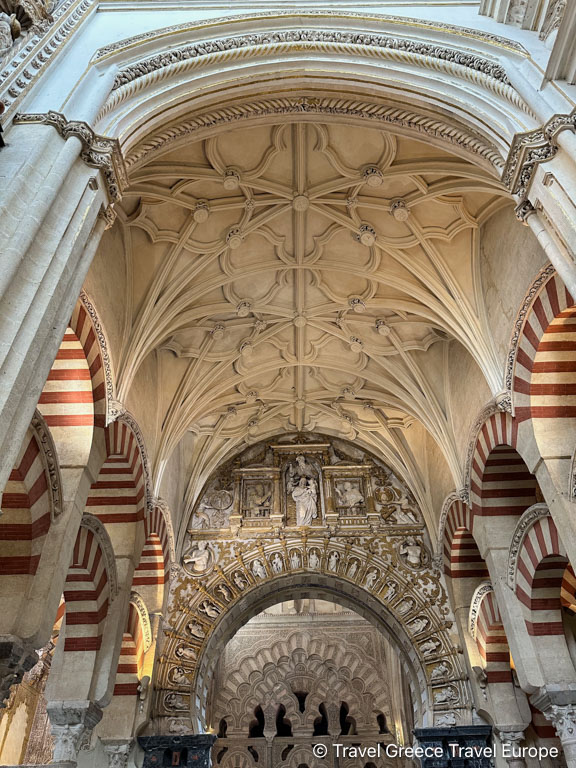
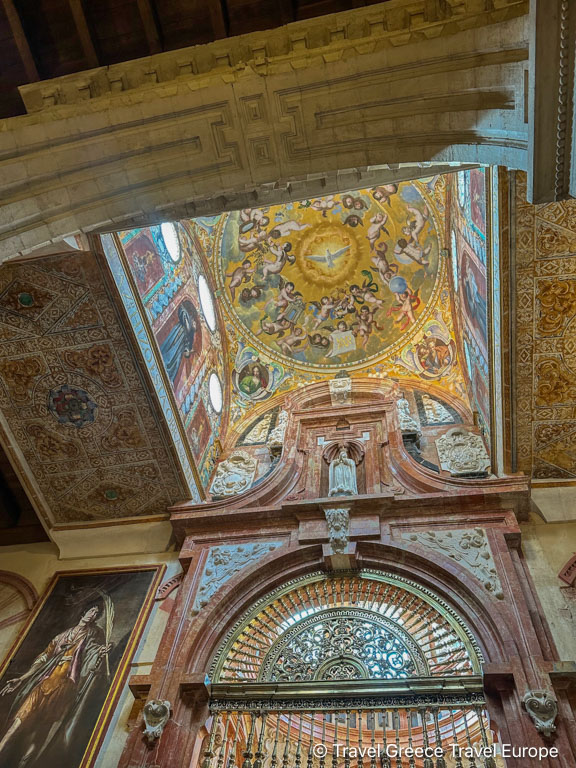
The Mezquita was originally a place of Islamic worship, serving as the central mosque of the Muslim caliphate in Al-Andalus, an era during which Cordoba was one of the most sophisticated and enlightened cities in Europe. It was a center of learning, where scholars from across the Islamic world gathered to study and exchange knowledge.
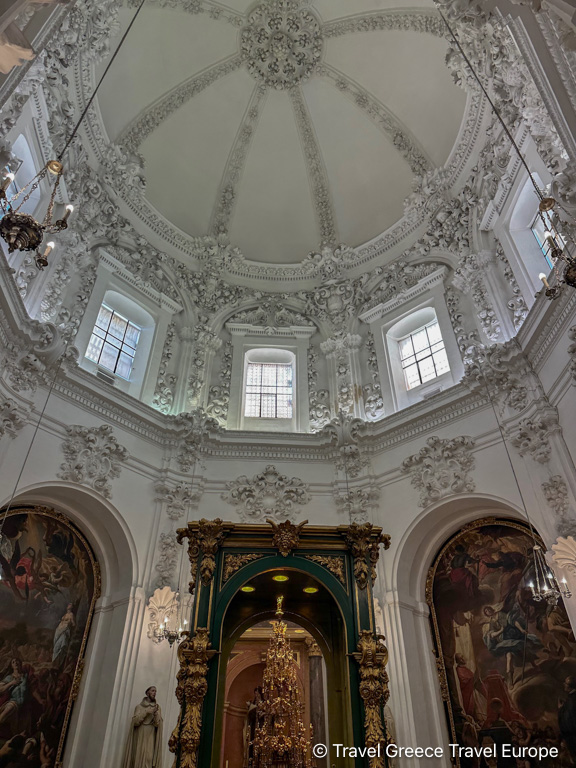
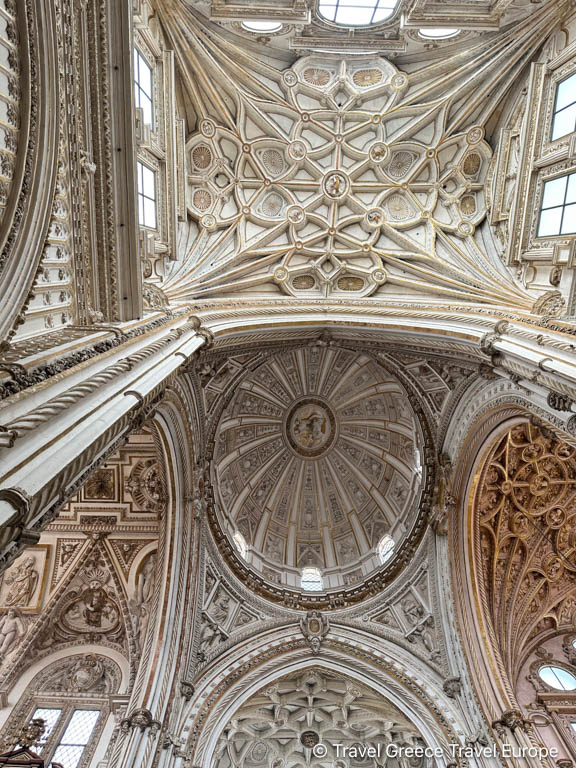
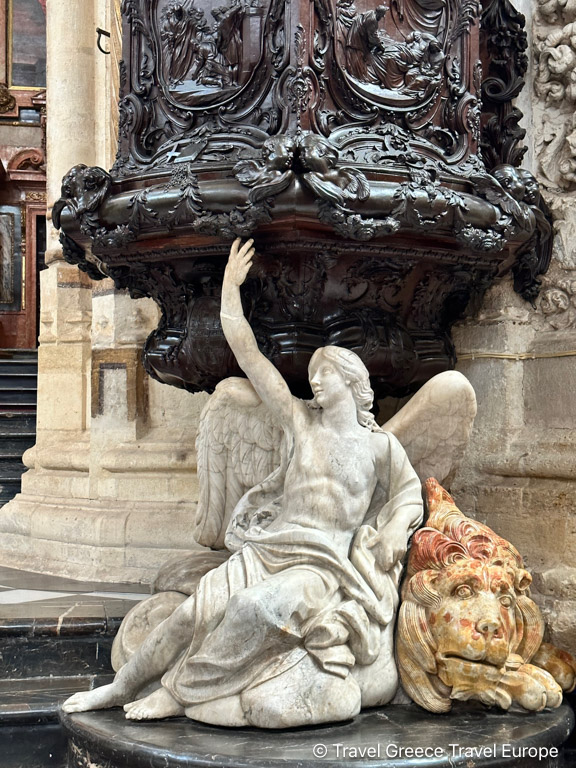
In 1236, after the Christian Reconquista of Cordoba, the mosque was consecrated as a Catholic cathedral. Rather than demolishing the mosque, the Christians chose to preserve its structure and build a Renaissance-style cathedral within its vast interior. This unique decision has resulted in one of the world’s most extraordinary architectural hybrids, when visiting the Mezquita-Catedral you can witness the seamless blending of Islamic and Christian artistic traditions. Very impressive!
Plan to spend at least two hours here to fully appreciate its grandeur. I would most certainly recommend visiting the Mezquita-Catedral on a guided tour to really make the most of your visit.
Explore the Jewish Quarter (Judería)
Take a leisurely stroll through the Judería, Cordoba’s historic Jewish Quarter. This labyrinth of narrow streets is home to some of the city’s most picturesque spots, including the Calleja de las Flores, a flower-filled alley offering a perfect photo opportunity. Don’t miss the Cordoba Synagogue, one of the few remaining medieval synagogues in Spain, and a testament to the city’s diverse cultural heritage.
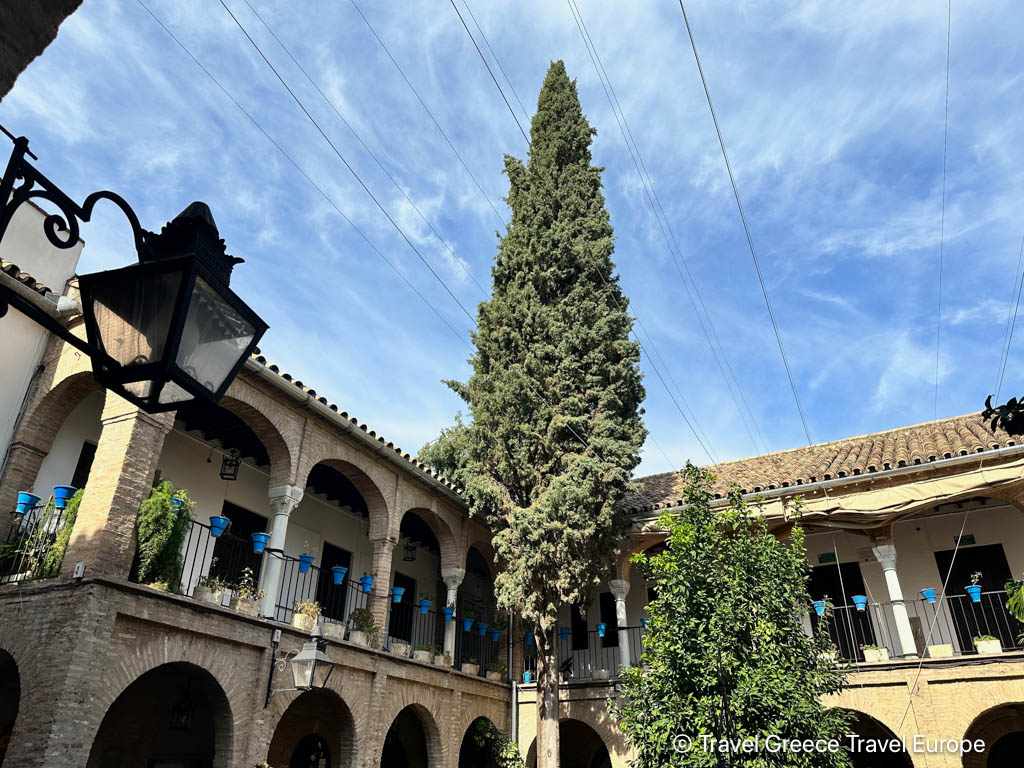
Also right next to the Cordoba Synagogue, you will see a bronze statue which is a tribute to Maimonides (also known as Moses ben Maimon or Rambam). Maimonides was a renowned medieval Jewish philosopher, scholar, and physician who was born in Cordoba in 1135. He is considered one of the most influential figures in Jewish history, known for his works in philosophy, law, and medicine.
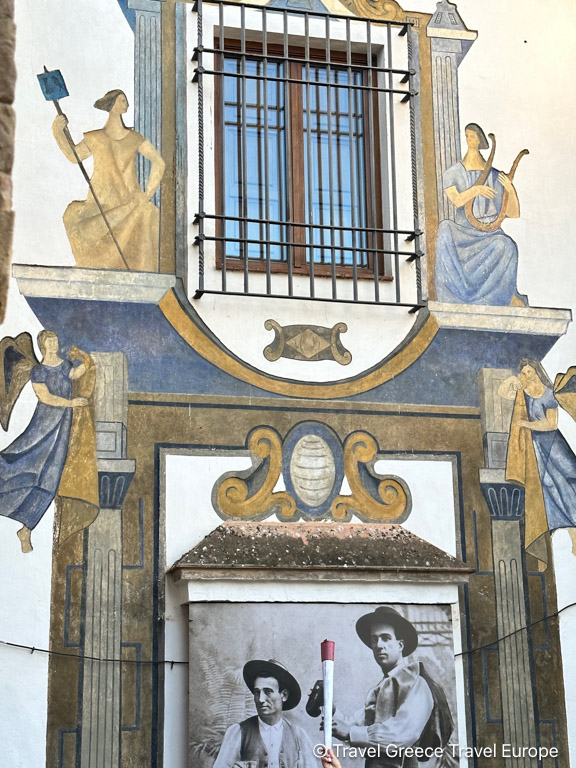
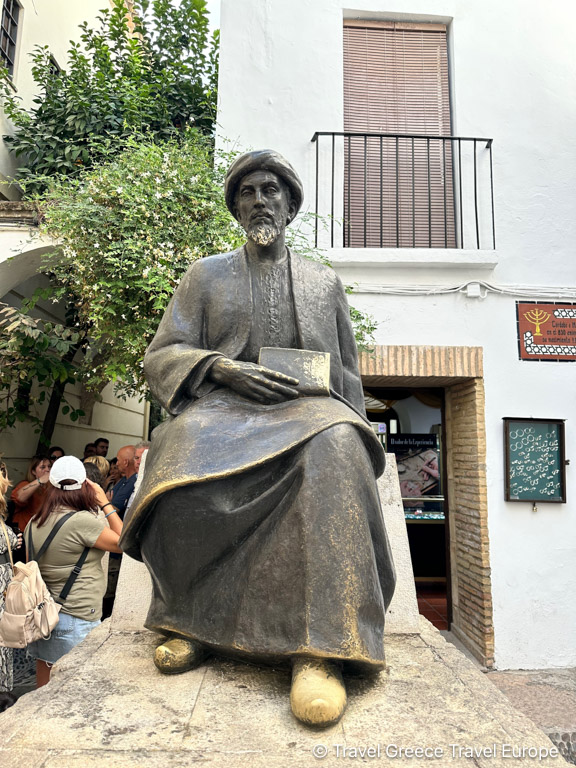
The bronze statue of Maimonides shows him seated, holding a book, symbolizing his contributions to Jewish thought and learning. Maimonides lived during a time when Cordoba was a major center of culture and learning in Al-Andalus, and his works, particularly “The Guide for the Perplexed,” have had a lasting impact on Jewish philosophy.
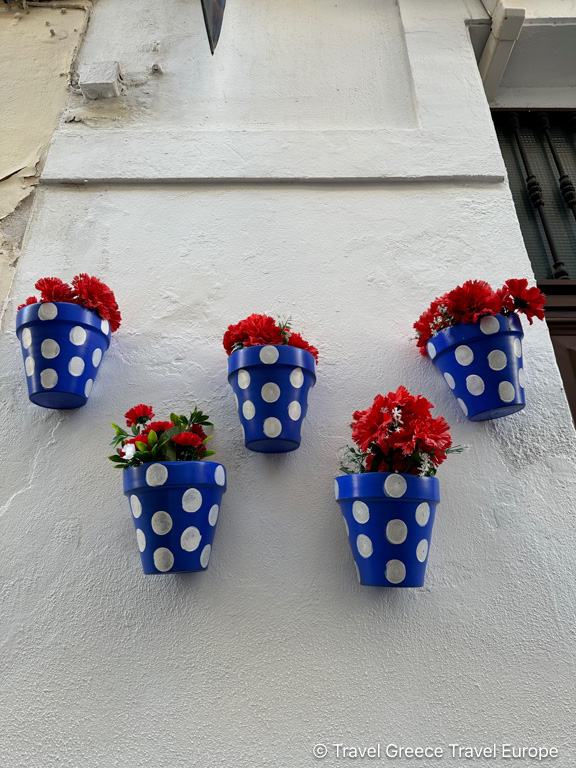
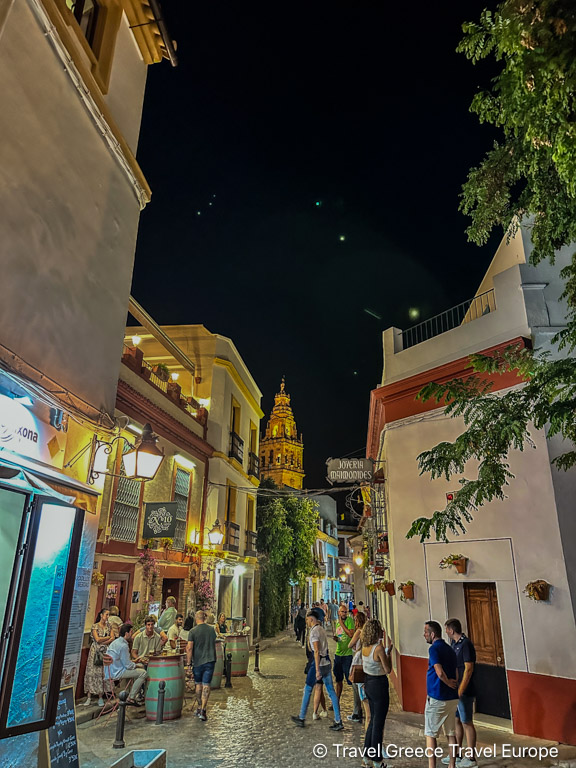
The statue is a popular spot for visitors, not only because of Maimonides’ significance but also because of the connection it represents to Cordoba’s rich Jewish heritage, which is still felt strongly in the Jewish Quarter today. It is said that touching the statue’s foot is considered good luck, adding a charming ritual to the experience of visiting this historical site.
Admire the Statue of El Monumento a los Enamorados (The Lovers’ Monument)
The “El Monumento a los Enamorados” (The Lovers’ Monument), is a striking sculpture located near the Guadalquivir River, close to the Roman Bridge. This statue features two large bronze hands, gently clasping each other, symbolizing love and unity. It is inspired by the legendary love story of Ibn Zaydun, a famous 11th-century Cordoban poet, and Wallada bint al-Mustakfi, a poetess and princess of the Umayyad Caliphate.
The love story of Ibn Zaydun and Wallada bint al-Mustakfi is a celebrated tale from medieval Cordoba. Wallada, a princess and poet, known for her beauty and independence, hosted literary salons that attracted Cordoba’s elite. Ibn Zaydun, a prominent poet and statesman, fell deeply in love with her, and they exchanged passionate poems. However, political tensions and Ibn Zaydun’s ambitions strained their relationship. A scandal led to his imprisonment and exile, after which Wallada ended their affair, expressing her disillusionment through poetry. Despite their tragic separation, their love and the poetry it inspired have become an enduring part of Andalusian cultural heritage.
Enjoy a Beautiful lunch at El Horno de Mel
El Horno de Mel is conveniently located within the Palacio de Congresos, just a stone’s throw from the iconic Mezquita-Catedral. This prime location makes it an ideal spot for a relaxing lunch after exploring the historic heart of Cordoba. The restaurant is housed in a beautiful, modern space that feels like a serene oasis amidst the bustling streets of the city. The name “El Horno de Mel,” which translates to “The Honey Oven,” reflects the restaurant’s dedication to crafting dishes that are rich in flavor and deeply rooted in local culinary traditions.
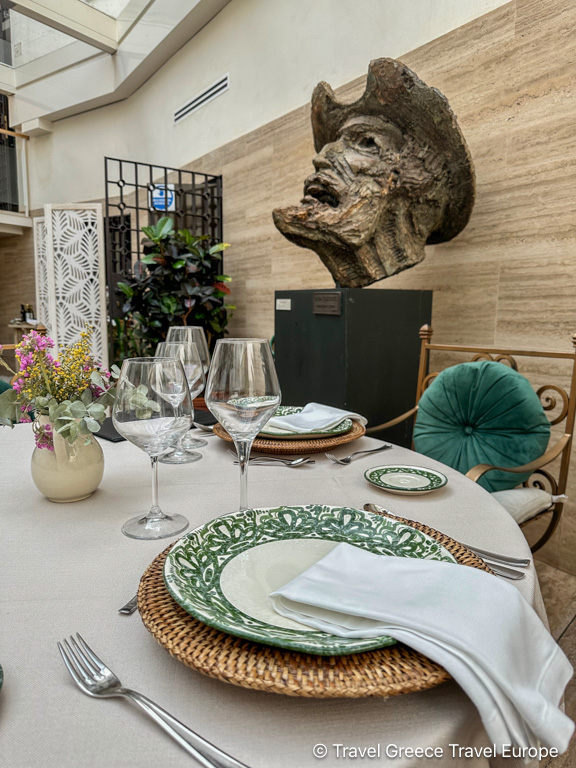
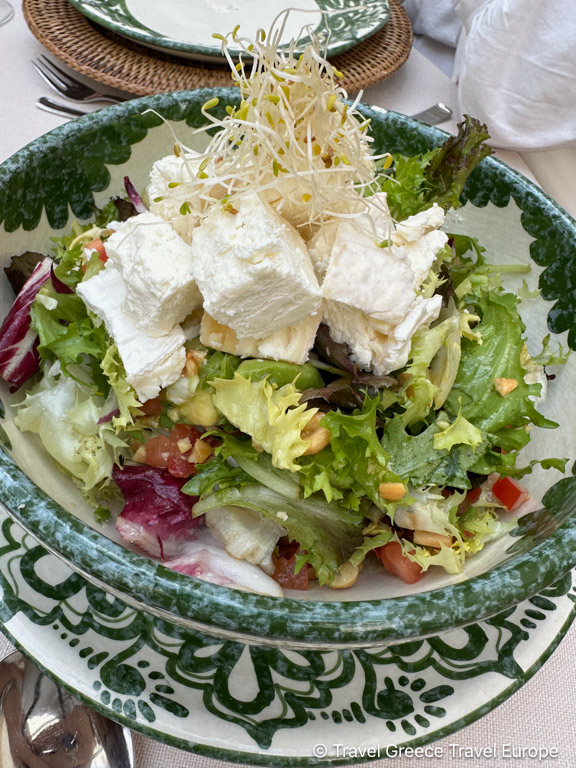
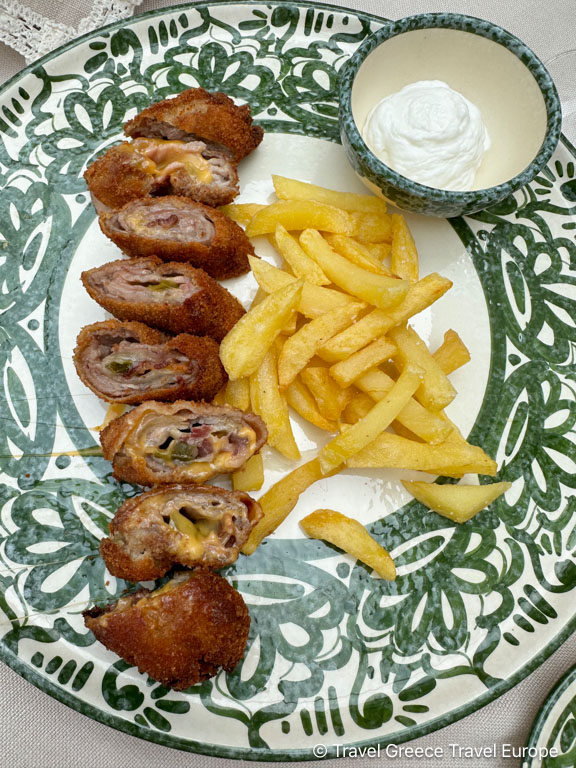
The interior of El Horno de Mel combines contemporary design with touches of traditional Andalusian charm, creating a welcoming and elegant atmosphere. Large windows allow natural light to flood the space, and the tasteful decor, featuring earthy tones and natural materials, adds to the tranquil ambiance.
You might also enjoy joining an evening guided tour of Cordoba which last for two hours and you get to experience the city’s monuments illuminated at night.
Visit the Alcázar de los Reyes Cristianos
In the afternoon, head to the Alcázar de los Reyes Cristianos (Castle of the Christian Monarchs), a fortress and palace that served as one of the primary residences of Isabella I of Castile and Ferdinand II of Aragon.
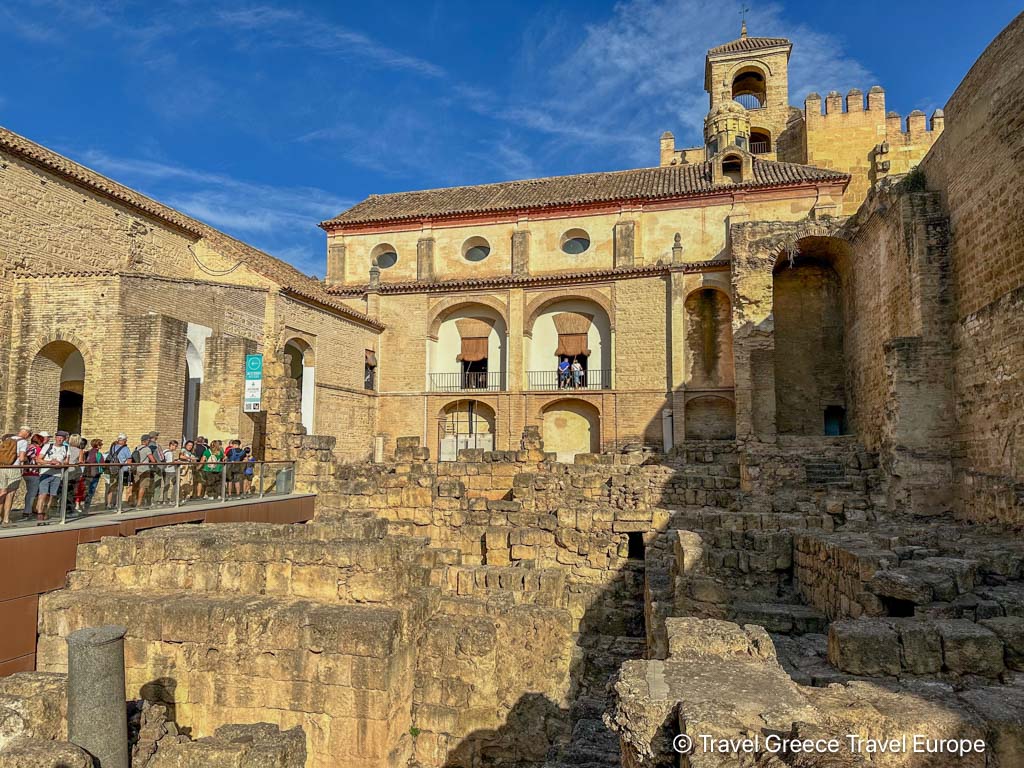
Originally constructed in 1328 by King Alfonso XI of Castile, the Alcázar was built on the site of earlier Roman and Visigothic structures and later a Muslim palace. This strategic location at the edge of the Guadalquivir River has made it a key military and administrative site throughout the centuries.
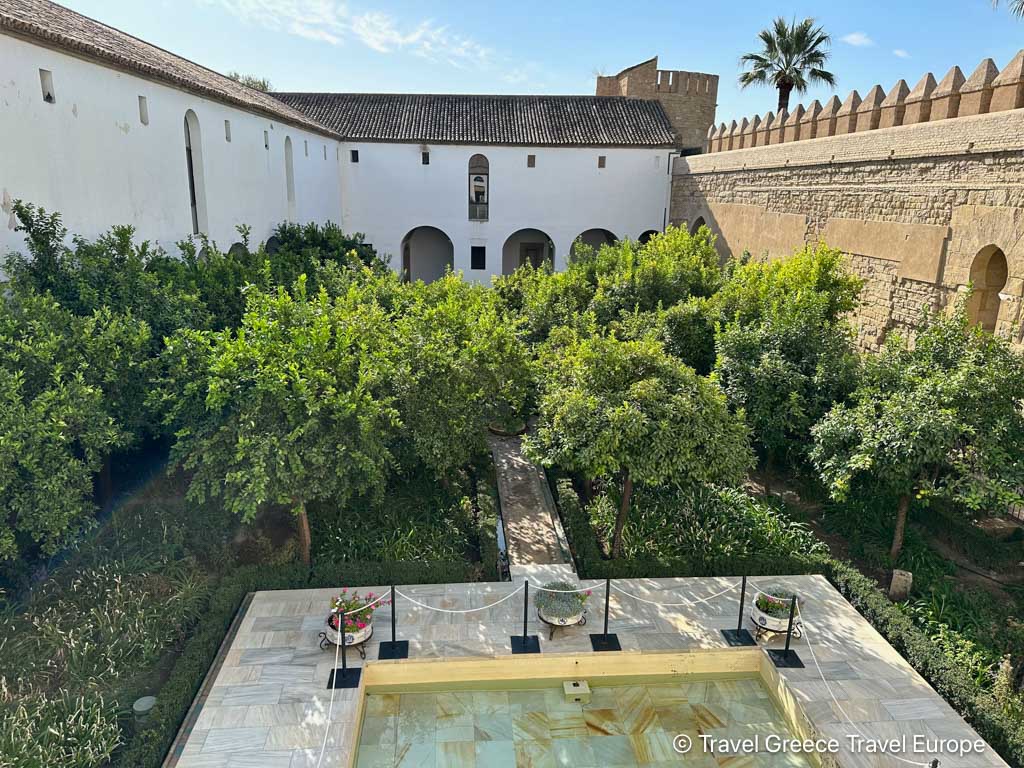
The Alcázar was primarily used as a residence for the Christian monarchs during the Reconquista, particularly Ferdinand II of Aragon and Isabella I of Castile. It was within these walls that the Catholic Monarchs planned many of their campaigns, including the final assault on Granada, which culminated in the end of Muslim rule in Spain in 1492. The Alcázar also served as the headquarters for the Spanish Inquisition in Cordoba, a role that lasted for more than three centuries.
Architecturally, the Alcázar is a fascinating blend of Gothic, Mudéjar, and Renaissance styles, reflecting the various influences that have shaped it over the centuries. The fortress is characterized by its formidable stone walls and four towers—one of the most famous being the Tower of the Lions, which offers panoramic views of the city and the surrounding countryside.
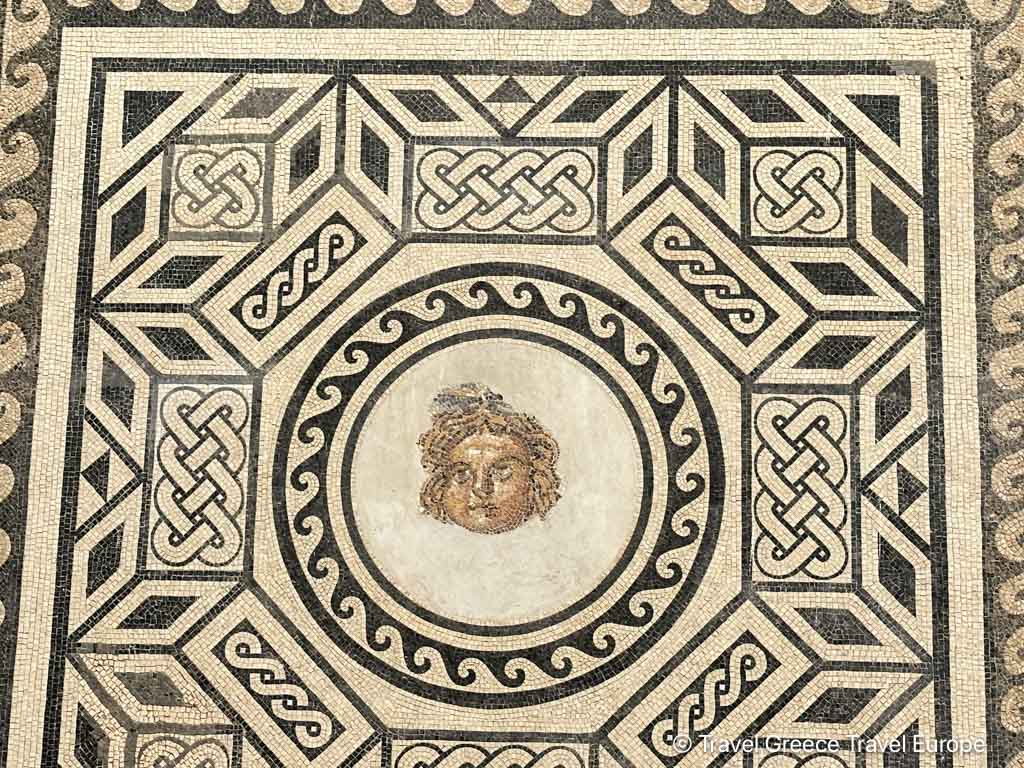
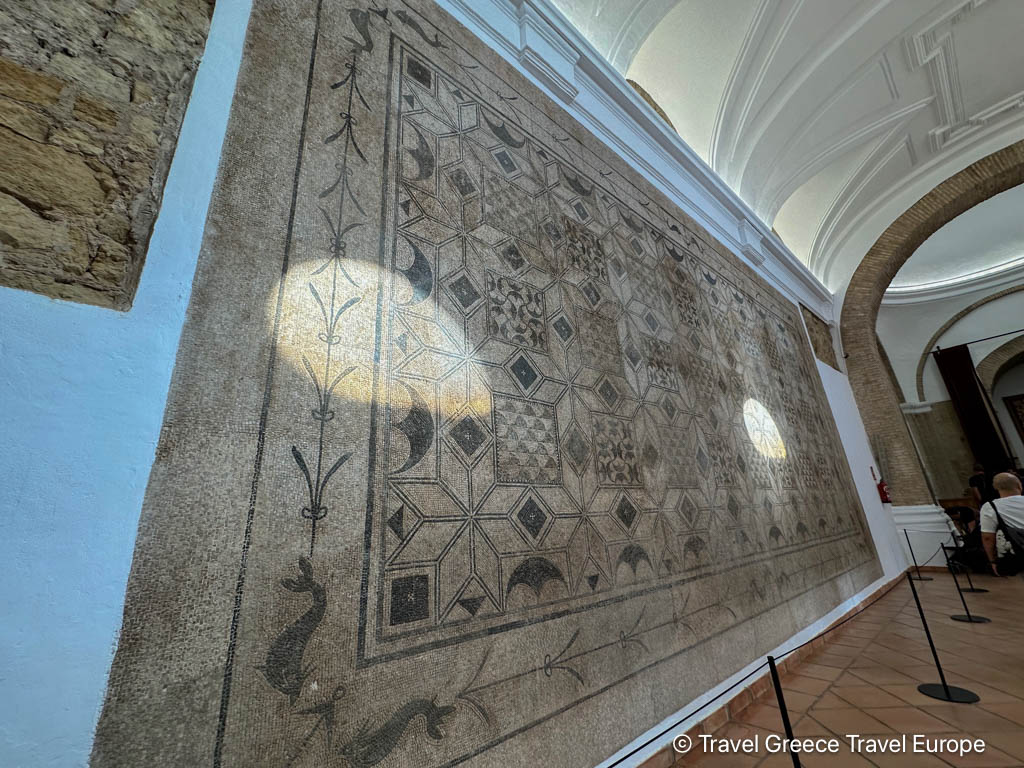
Inside, the Alcázar houses an impressive collection of Roman mosaics and artifacts, many of which were discovered during excavations in Cordoba. These relics give you a glimpse into the ancient history of the region, predating the fortress itself.
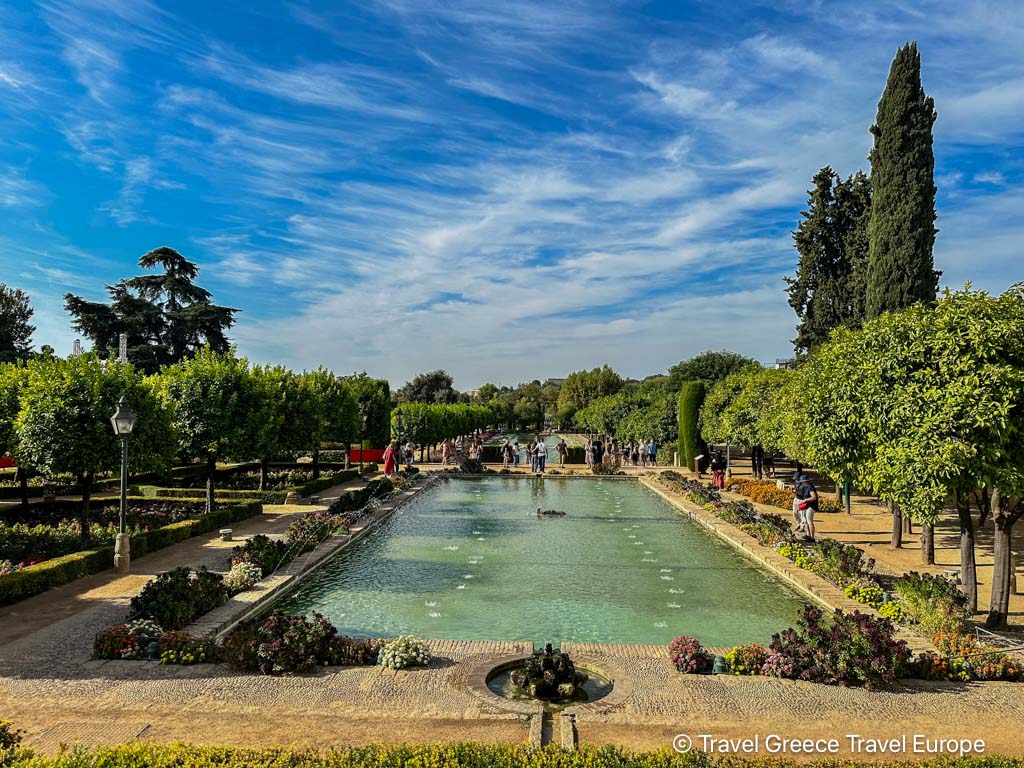
One of the most striking features of the Alcázar is its extensive and beautifully landscaped gardens. These gardens, filled with fountains, statues, and lush greenery, are a testament to the Islamic influence on Andalusian garden design.
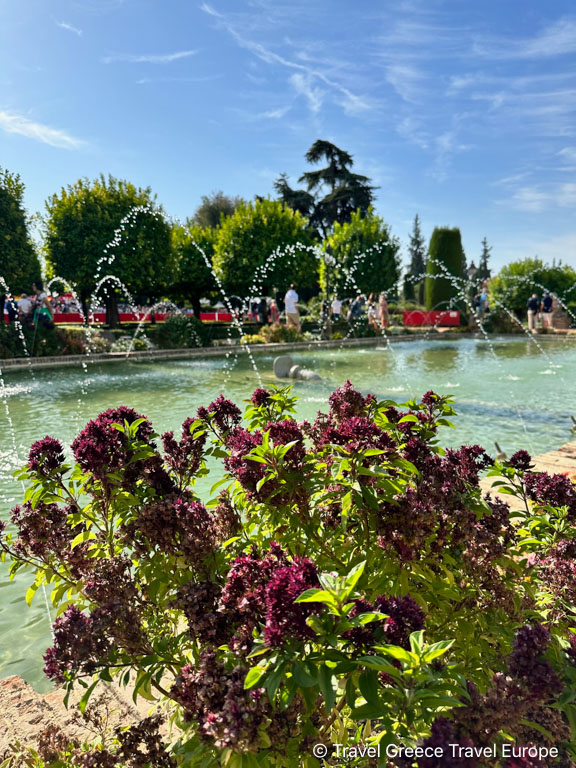
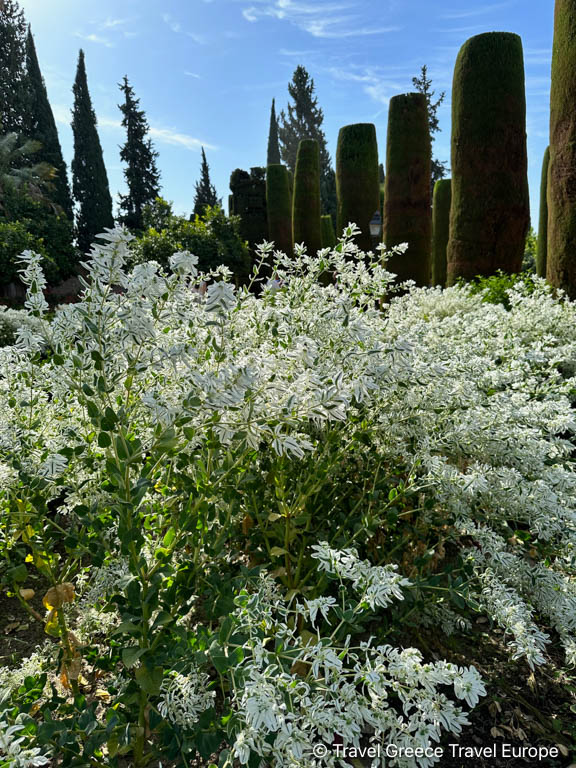
They were meticulously designed to provide a peaceful retreat for the monarchs and have remained a highlight for visitors today. The gardens are particularly stunning when viewed at sunset, with the reflection of the fortress’s towers shimmering in the tranquil water.
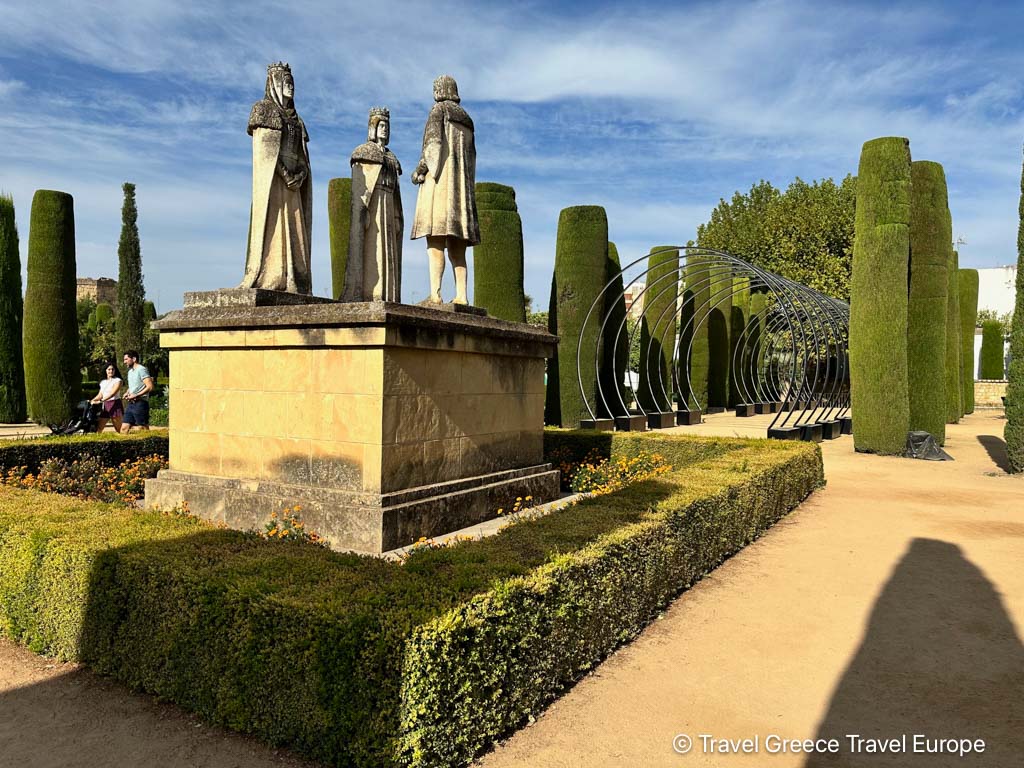
Enjoy a Traditional Andalusian Dinner
End your first day in Cordoba with a traditional Andalusian dinner. Head to one of the local restaurants and try dishes like Salmorejo (a cold tomato soup), Rabo de Toro (oxtail stew), and Flamenquín (ham and pork roll). For dessert, indulge in some Pestiños, a sweet fried pastry drizzled with honey.
Restaurants to try:
El Caballo Rojo is a renowned restaurant in Cordoba, celebrated for its commitment to authentic Andalusian cuisine and its charming, traditional ambiance. Located just steps away from the Mezquita-Catedral, this historic eatery has been serving locals and visitors alike since 1962.
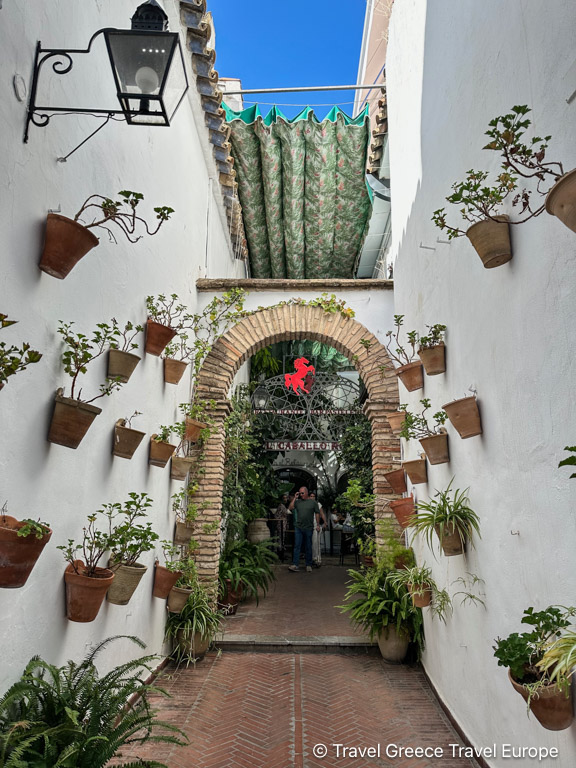
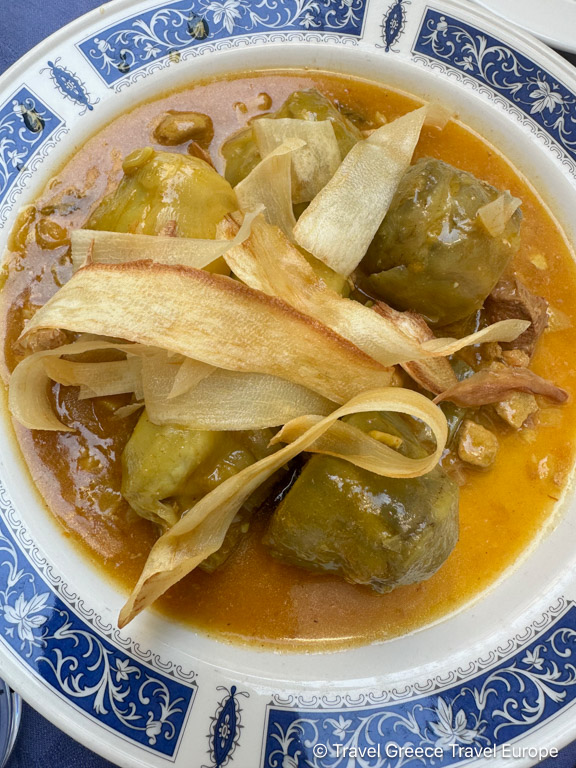
The name “El Caballo Rojo,” which translates to “The Red Horse,” hints at the restaurant’s vibrant and lively spirit, reflected in both its atmosphere and its culinary offerings. The menu at El Caballo Rojo features classic Cordoban dishes, such as Salmorejo, Rabo de Toro (oxtail stew), and succulent lamb, all prepared with the finest local ingredients. The restaurant is particularly famous for its innovative yet respectful approach to traditional recipes, making it a beloved spot for those looking to experience the true flavors of Cordoba.
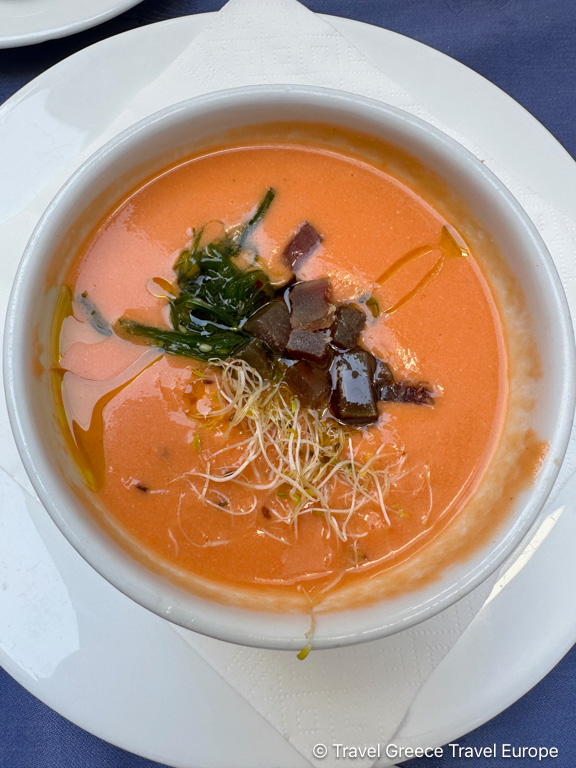
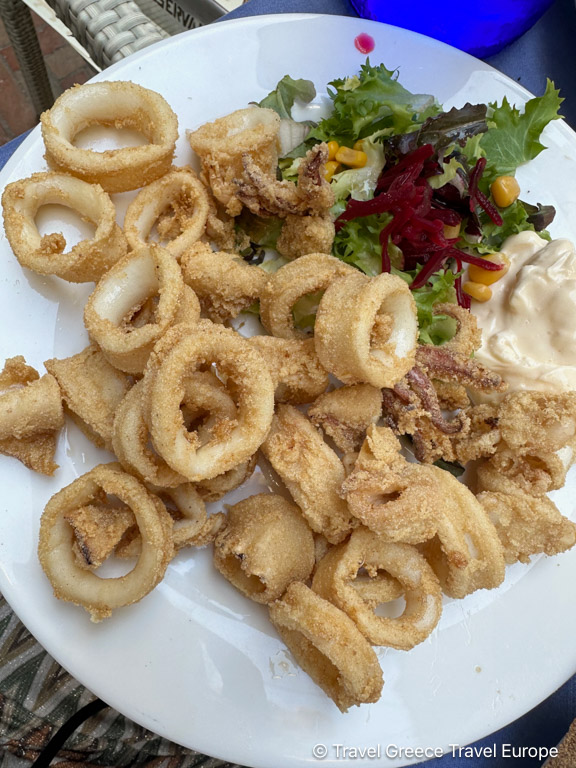
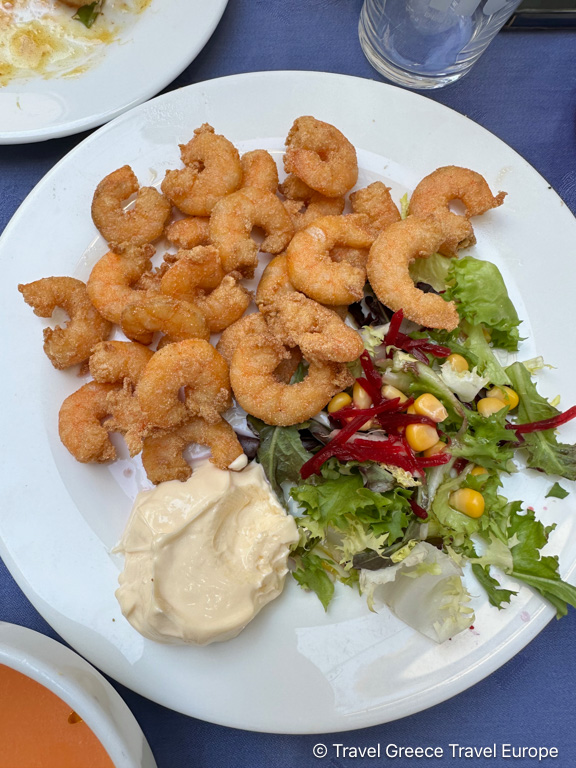
Also try the Alcachofas a la Montillana which is a traditional Andalusian dish that translates to “Artichokes Montilla-style.” It is named after the town of Montilla, located in the province of Cordoba, which is famous for its wines, particularly the sweet and fortified Montilla-Moriles wines.
Restaurant El Churrasco is one of Cordoba’s most iconic and cherished restaurants, known for its dedication to authentic Andalusian and Cordoban cuisine. Situated in the heart of the historic Jewish Quarter, just a short walk from the Mezquita-Catedral, El Churrasco has been serving guests since 1970.
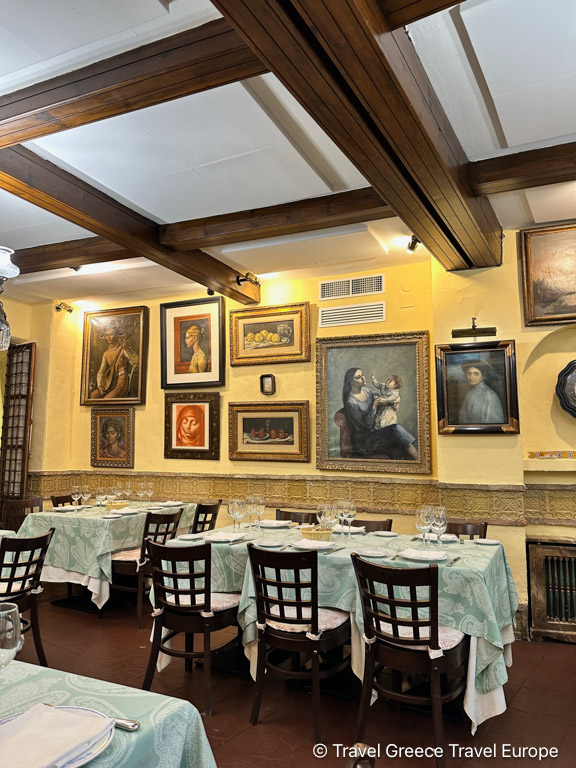
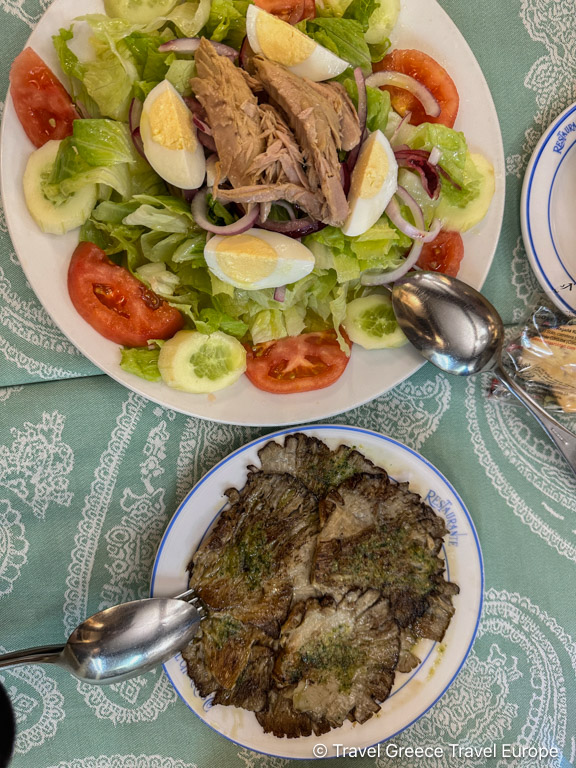
The restaurant’s name, “El Churrasco,” refers to its specialty—grilled meats, particularly its renowned churrasco, a succulent grilled steak that has become synonymous with the establishment. Reservations are highly recommended as it gets quite busy.
Noor, offers a Michelin-starred culinary experience that is deeply inspired by the rich history and cultural fusion of Al-Andalus. Chef Paco Morales crafts innovative dishes that pay homage to the region’s Moorish past, using contemporary techniques to reinvent traditional flavors. The restaurant’s elegant, minimalist decor complements the sophisticated, meticulously plated dishes, making it a must-visit for culinary enthusiasts seeking an extraordinary and culturally immersive experience in Cordoba. Although I didn’t dine at the Noor restaurant, I have dined at Paco Morales pop-up restaurant in the Athenian Riviera, Greece which was housed at the One&Only Aesthesis during the winter 2023.
Visit Mercado Victoria
Located in a beautifully restored 19th-century cast-iron pavilion, Mercado Victoria is Cordoba’s first gastronomic market. It offers a vibrant mix of traditional Andalusian foods and modern culinary delights.
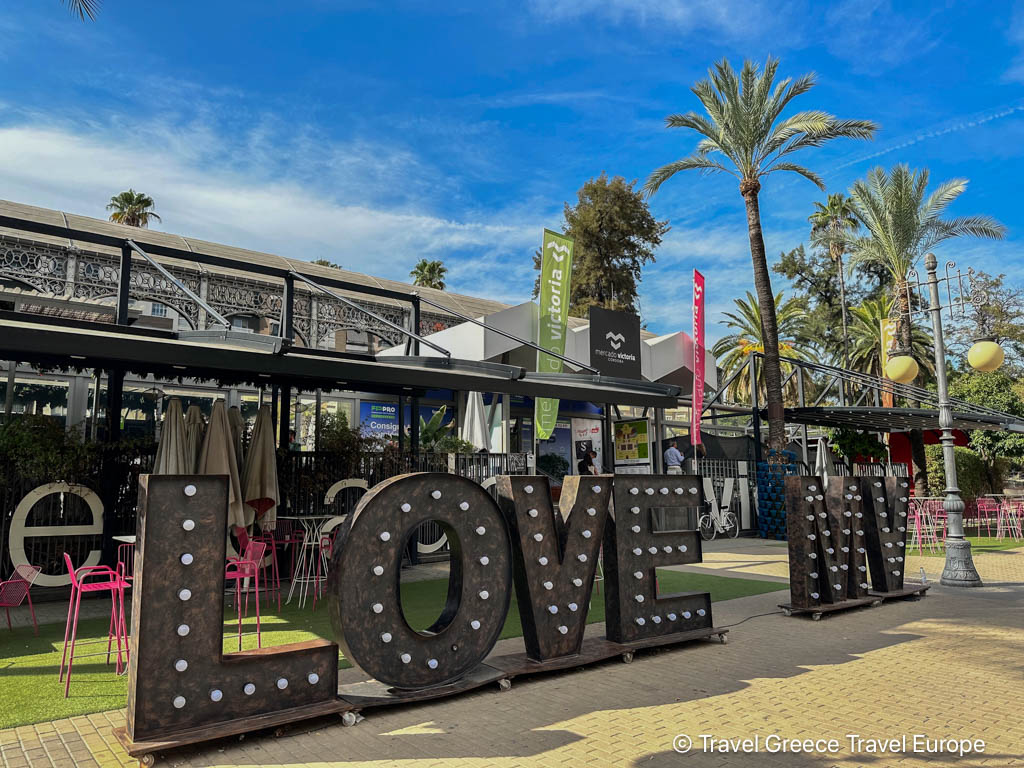
At Mercado Victoria, you can find a variety of stalls offering everything from fresh produce, meats, and cheeses to tapas, seafood, and gourmet dishes. It’s an excellent place to sample Cordoba’s famous dishes like Salmorejo, as well as international cuisine, all in a lively and friendly atmosphere. The market also features bars where you can enjoy a glass of local wine or craft beer, making it a great spot for a leisurely meal or a quick snack as you explore the city.
Day 2 in Cordoba: Discovering the Modern Side and Beyond
Morning: Stroll through the Viana Palace and Patios of Cordoba
Start your second day with a visit to the Viana Palace, a stunning 17th-century palace known for its twelve beautifully preserved patios. These courtyards, filled with flowers, fountains, and decorative tiles, are a quintessential part of Cordoba’s cultural heritage. Each May, the city celebrates the Patios Festival, but the beauty of these patios can be enjoyed year-round.
You might also like to take a tour to Medina Azahara
Medina Azahara, often referred to as the “Shining City,” is a magnificent archaeological site located just a few kilometers outside of Cordoba. This sprawling complex was constructed in the 10th century by the Umayyad Caliph Abd al-Rahman III as a symbol of his power and the glory of his newly declared Caliphate of Córdoba. Medina Azahara served as the administrative and political capital of Al-Andalus, a grandiose city designed to showcase the wealth and sophistication of the Islamic Golden Age. The city featured luxurious palaces, intricate gardens, mosques, and administrative buildings, all adorned with lavish decorations, including carved marble, mosaics, and gilded ceilings. However, the city’s glory was short-lived; it was sacked and largely destroyed during a civil war less than a century after its completion. Today, the ruins of Medina Azahara offer a fascinating glimpse into the splendor of medieval Islamic Spain, with ongoing excavations and restorations helping to preserve and uncover its historic treasures. This site is a must-visit for those interested in the rich cultural heritage of Andalusia. Book a guided tour here.
Visit the Roman Bridge and Calahorra Tower
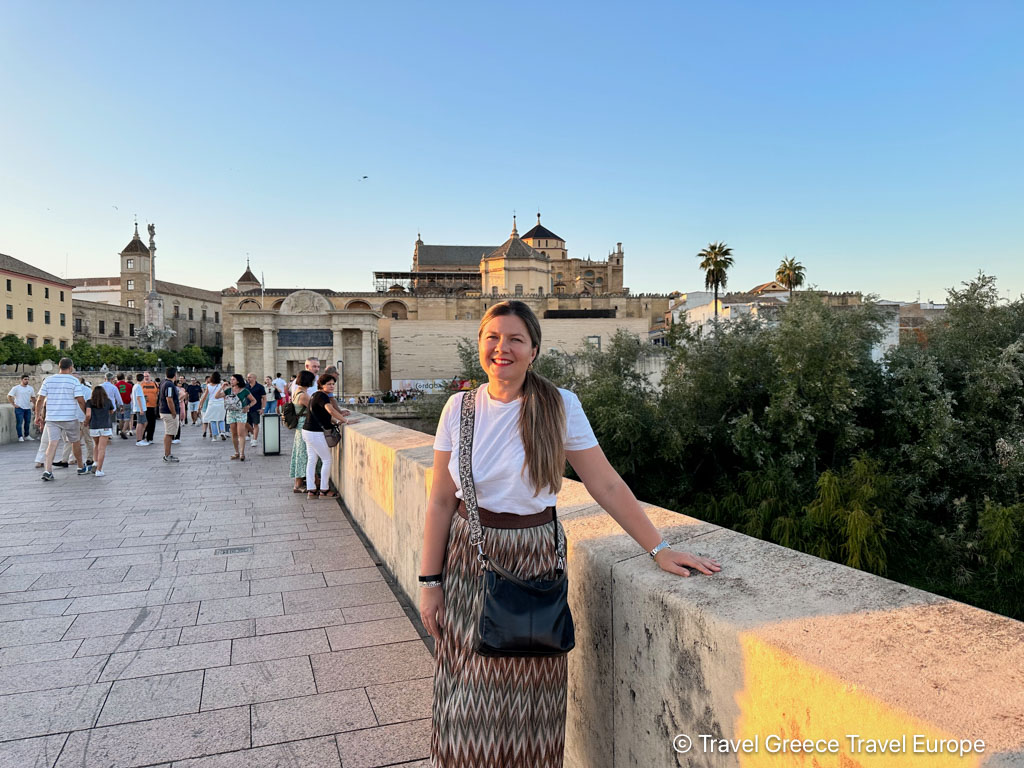
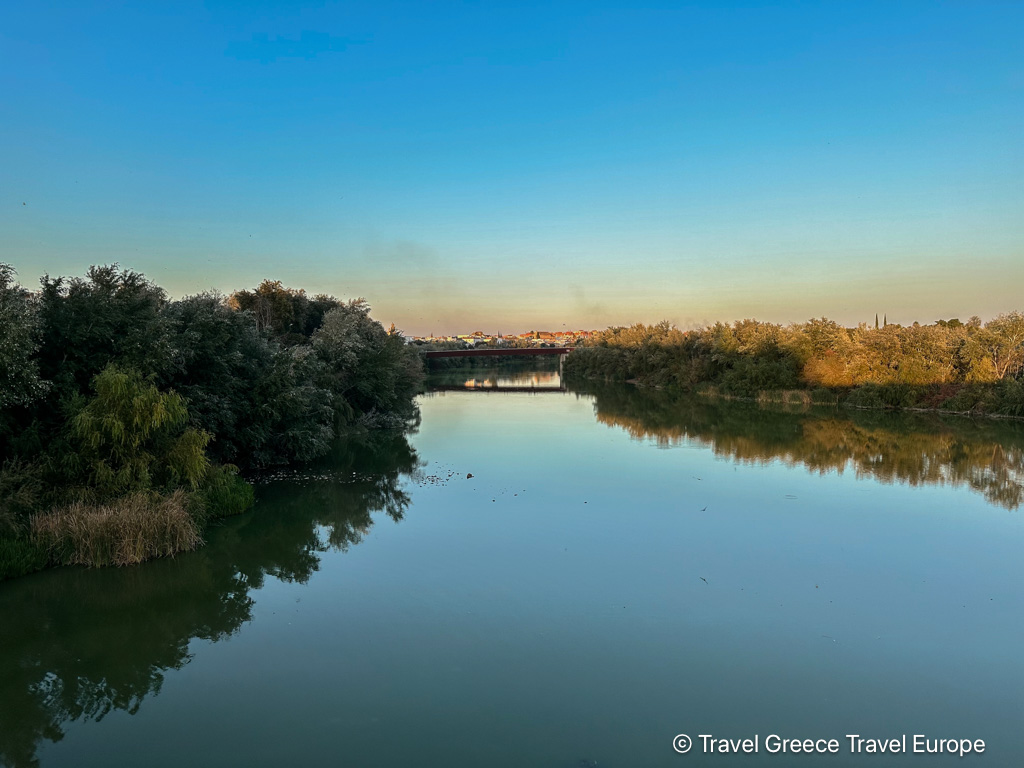
Take a walk along the Roman Bridge, which has spanned the Guadalquivir River since the 1st century BC. The bridge offers stunning views of the city and leads to the Calahorra Tower, which now houses a museum dedicated to the history of Cordoba and its different cultures. For the best time without the crowds come here in the early morning hours.
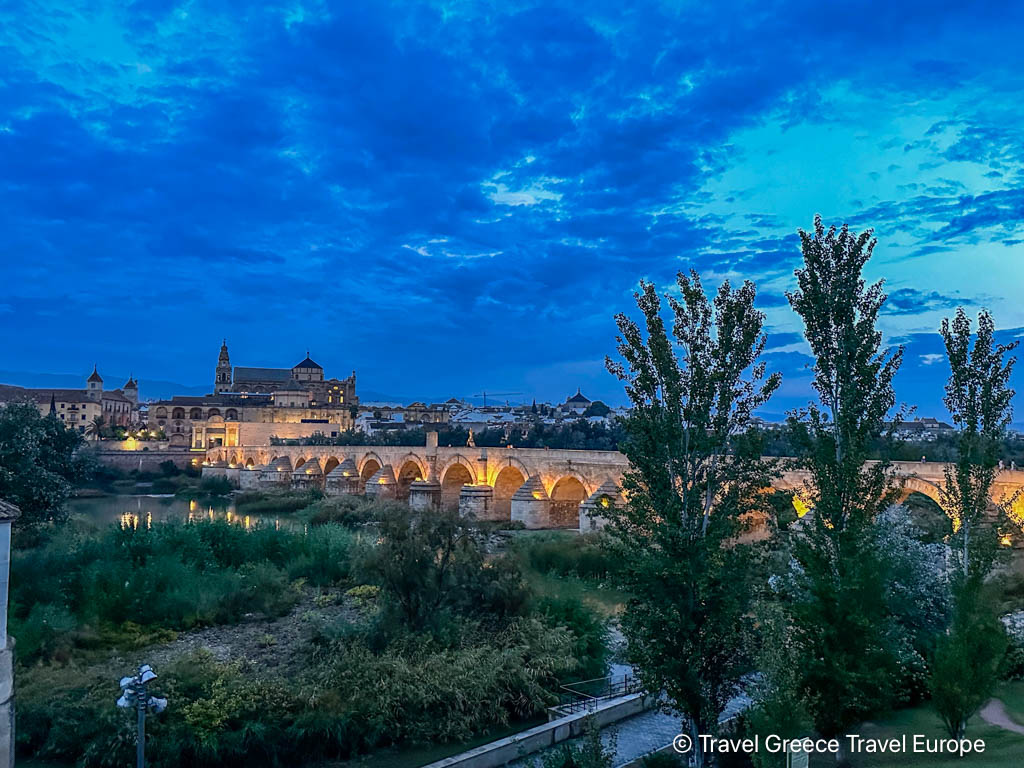
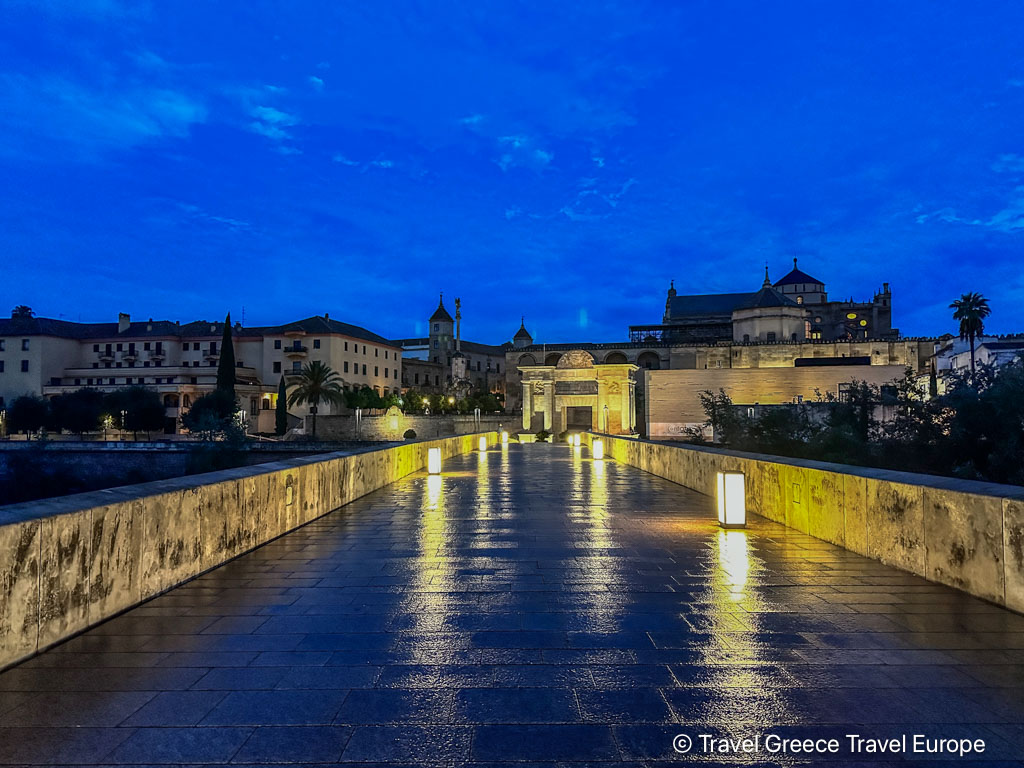
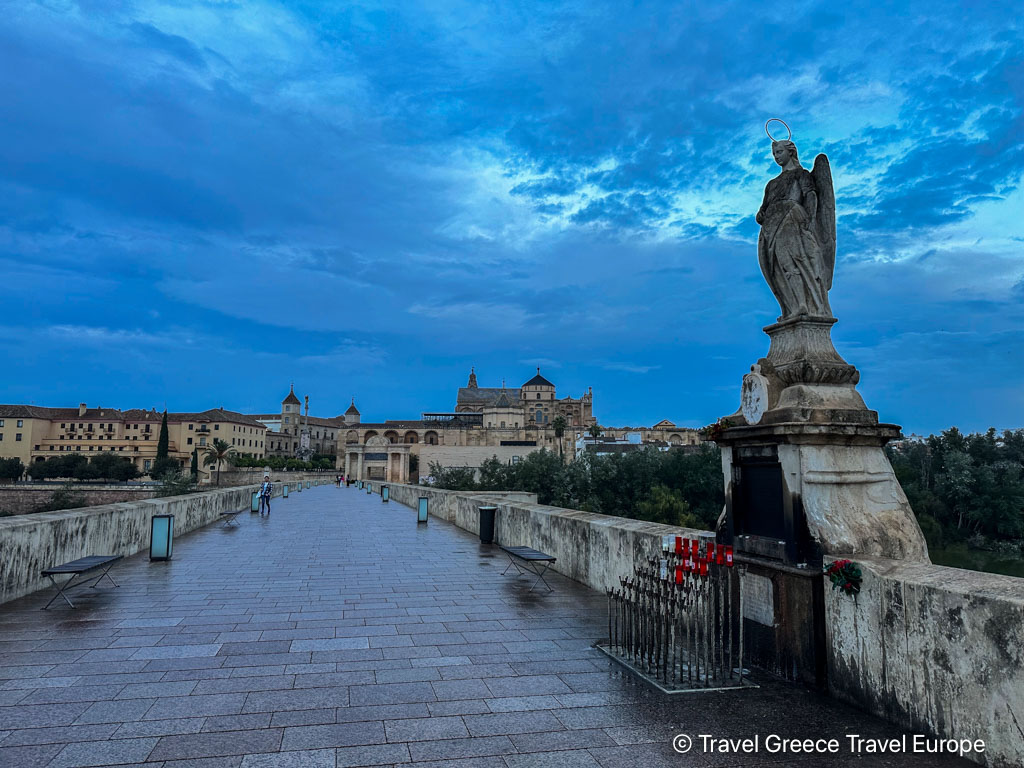
Afternoon: Enjoy Some Leisure Time in the Plaza de la Corredera
In the afternoon, relax in the Plaza de la Corredera, a grand square that has been a focal point of Cordoba’s social life for centuries. Once used for bullfights and public events, today it’s a lively spot filled with cafes, shops, and markets. It’s the perfect place to sip on a coffee, do some people-watching, and soak in the local atmosphere.
Go Shopping in Cordoba
Cordoba is a fantastic place to shop for unique and authentic items that reflect the city’s rich cultural heritage. Here are some of the best things to buy in Cordoba:
Leather Goods (Cueros de Cordoba):
Cordoba is famous for its high-quality leather products, including handbags, wallets, belts, and shoes. The city has a long tradition of leather craftsmanship, and you can find beautifully handcrafted items that make for great souvenirs.
Filigree Jewelry (Filigrana):
Filigree is a delicate and intricate form of jewelry-making that has been practiced in Cordoba for centuries. Made from fine silver or gold, filigree jewelry includes earrings, pendants, and bracelets with detailed and ornate designs. There are several very nice small shops right across from the the Mezquita-Catedral.
Ceramics (Cerámica):
Cordoba offers a wide variety of traditional ceramics, known for their vibrant colors and intricate patterns. Look for handmade tiles, plates, and vases that feature classic Andalusian motifs.
Olive Oil (Aceite de Oliva):
Andalusia is one of the world’s top producers of olive oil, and Cordoba is a great place to buy high-quality, locally produced olive oil. Look for extra virgin olive oil from local producers, which can make a perfect gift or a delicious addition to your own kitchen.
Handmade Fans (Abanicos):
Fans are a traditional accessory in Spain, especially in Andalusia. Cordoba offers a variety of handmade fans, beautifully painted with intricate designs. These fans are not only functional but also serve as lovely decorative items.
Moorish-Inspired Textiles:
You can find textiles with Moorish-inspired patterns, including tablecloths, scarves, and shawls. These textiles often feature vibrant colors and intricate designs, making them a stylish and meaningful purchase.
Local Wine (Vino de Montilla-Moriles):
Cordoba is near the Montilla-Moriles wine region, known for its distinctive fortified wines. A bottle of this local wine is a great souvenir or gift for wine enthusiasts.
Patio Souvenirs:
Cordoba is famous for its patios, and you can find various souvenirs inspired by these beautiful courtyards, such as miniature pots, tiles, or even small replicas of Cordoban patios.
Mantecado and Alfajores:
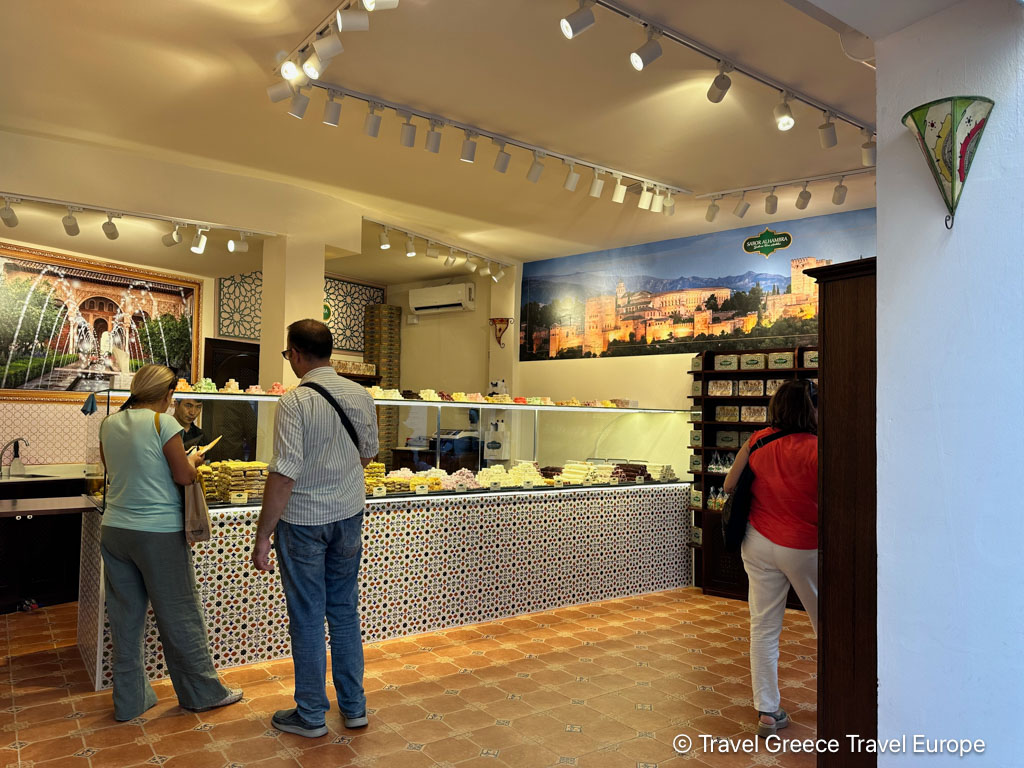
These are traditional Andalusian sweets that are particularly popular during the holiday season. Mantecado is a type of crumbly shortbread, while Alfajores are almond and honey-based treats. These sweets are a delicious way to take a taste of Cordoba home with you.
Enjoy a Traditional Andalusian Hammam
The Hammam experience in Cordoba offers a tranquil escape into the ancient tradition of Arab baths, reflecting the city’s Moorish heritage. Located near the historic center, these beautifully restored bathhouses provide a serene environment where you can unwind and rejuvenate after your full day of exploration. The Hammam features a series of warm, hot, and cold pools, along with steam rooms, designed to cleanse and relax the body. Often accompanied by soothing Andalusian music and the subtle scent of essential oils, the experience is both luxurious and deeply rooted in the cultural history of Cordoba. Many Hammams also offer traditional massages and exfoliating treatments, making it an ideal way to relax after a day of exploring the city’s rich historical sites. Make sure to book your hammam session well in advance as this is a very popular experience.
Evening: Experience a Flamenco Show or an Equestrian Show
On your last evening in Cordoba you can either watch a Flamenco show or an Equestrian show depending on your itinerary and which other cities you visit in Andalusia, for example if you are visiting Seville I would recommend watching a show there and opting for the Equestrian show for something different.
The equestrian show in Cordoba is a spectacular display of Andalusian culture and horsemanship, set against the historic backdrop of the Royal Stables of Cordoba (Caballerizas Reales). These stables, founded in 1570 by King Philip II, are renowned for their role in developing the majestic Andalusian horse, a breed celebrated for its grace, strength, and intelligence. The show, known as “Passion and Spirit of the Andalusian Horse”, is a mesmerizing performance that combines traditional dressage with elements of Flamenco, showcasing the deep connection between horse and rider.
Where to Stay In Cordoba
When choosing where to stay in Cordoba, you’ll find a range of accommodations that perfectly blend comfort, luxury, and historic charm. The city offers everything from boutique hotels nestled in the heart of the historic center to luxurious stays that provide stunning views of iconic landmarks like the Mezquita-Catedral. Some of the best-rated hotels in Cordoba include:
Hotel Hospes Palacio del Bailío – This five-star hotel is a beautifully restored palace that dates back to the 16th century. It features Roman ruins in its basement, a luxurious spa, and lush gardens, offering an oasis of tranquility in the city center.
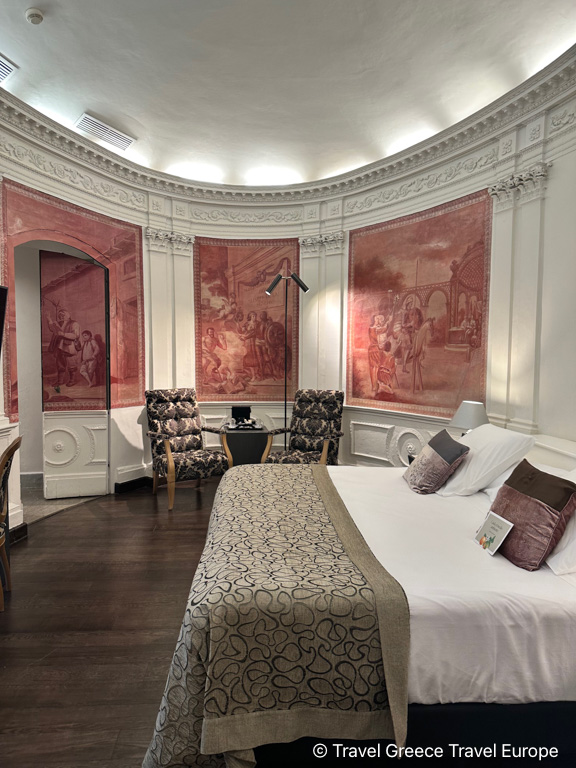
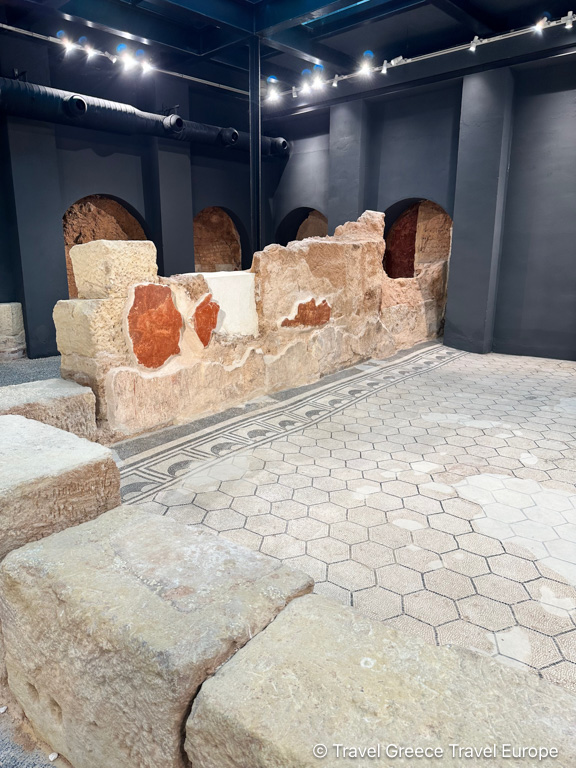
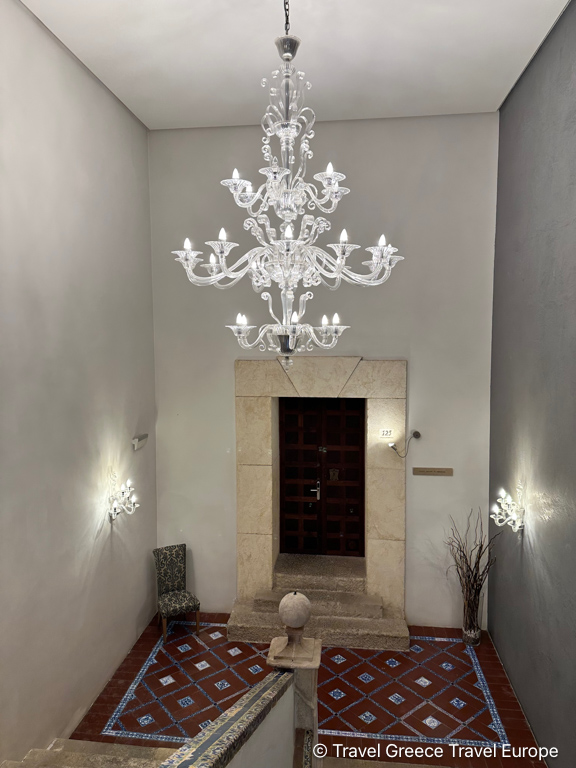
Balcon de Cordoba – A boutique hotel just steps from the Mezquita-Catedral, Balcon de Cordoba offers intimate luxury with its beautifully appointed rooms and a rooftop terrace that provides panoramic views of the city. For availability and rates click here.
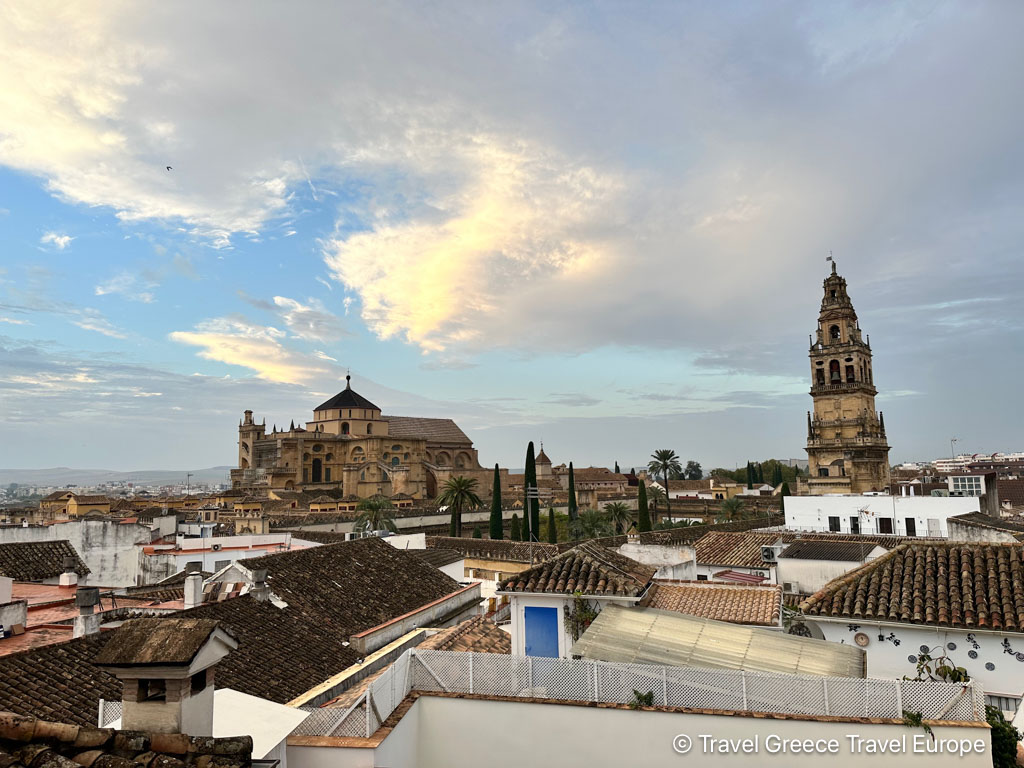
Eurostars Conquistador – Situated directly across from the Mezquita-Catedral, this hotel combines modern amenities with a prime location, making it an excellent choice for visitors who want to stay in the heart of Cordoba’s historic district.
NH Collection Amistad Córdoba – Set in a historic building in the Jewish Quarter, this hotel seamlessly blends modern comforts with traditional Moorish architecture, providing a stylish and convenient base for exploring the city.
Apartamentos Los Patios del Pañuelo – For those seeking a more independent stay with a local flair, these beautifully designed apartments offer modern comfort within a traditional Cordoban setting. Located just around the corner from the Mezquita-Catedral, these apartments provide easy access to the city’s main attractions while offering the charm of staying in a typical Andalusian patio house.
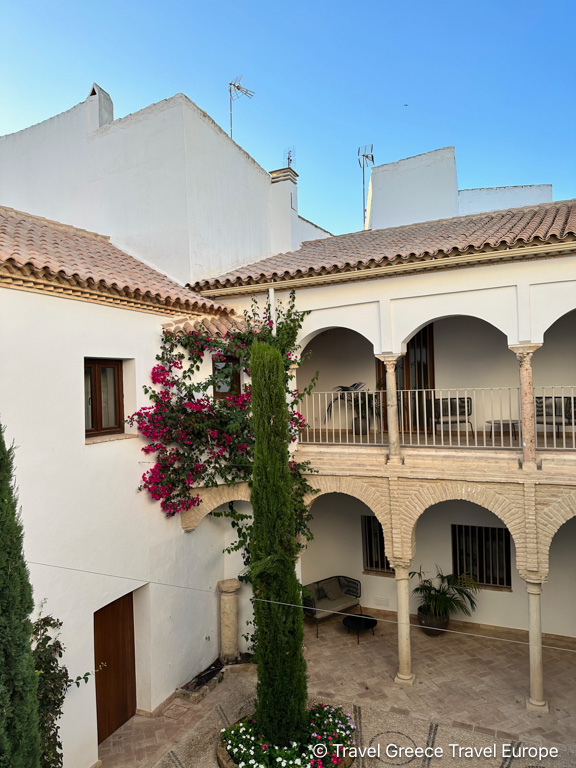
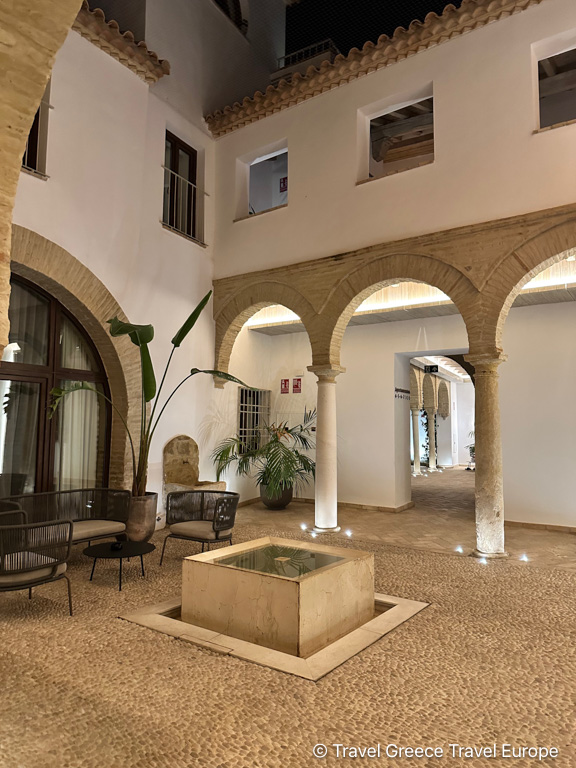
Conclusion
In just two days, Cordoba offers a rich tapestry of history, culture, and modern-day charm. From the awe-inspiring Mezquita to the tranquil patios and vibrant Flamenco performances, Cordoba is a city that will leave you captivated. Whether you’re looking to explore its past or enjoy its present, Cordoba is a destination that promises to enchant. So, if you’re wondering “How To Spend 2 Days in Cordoba, Spain,” follow this guide for an unforgettable experience.

